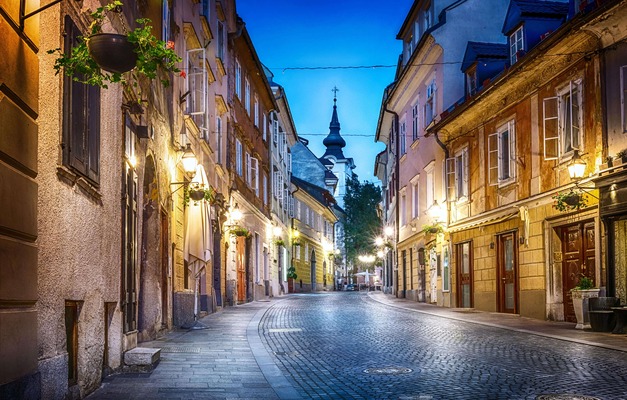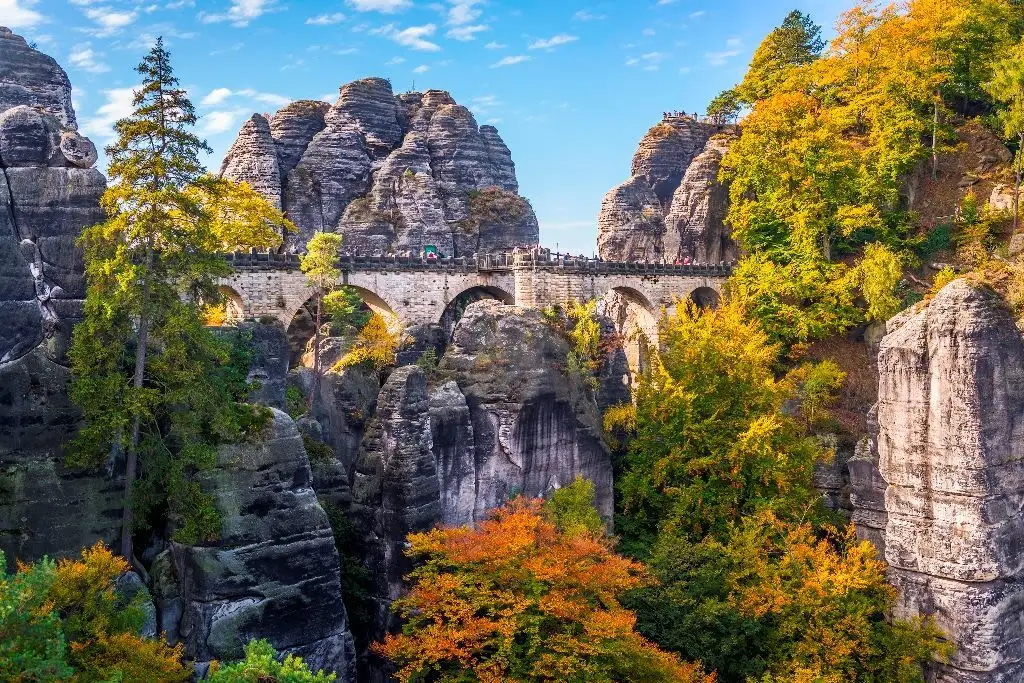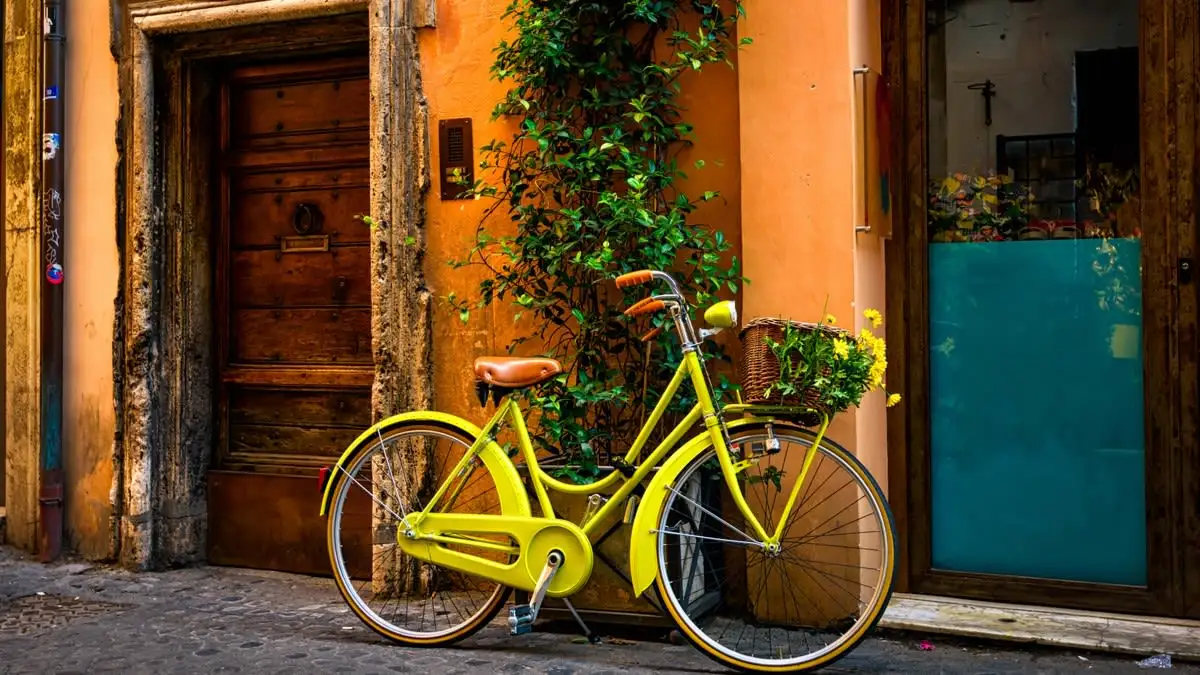
Timeless Central Europe:: From Berlin to Vienna through the Czech Republic
 15 Day Tour of Berlin, Dresden, Prague, Cesky Krumlov and Vienna
15 Day Tour of Berlin, Dresden, Prague, Cesky Krumlov and Vienna
Overview
Trip Map
Itinerary
Inclusions
Reviews



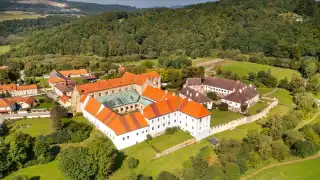



15 Days 14 Nights
Best Time: Jan-Dec
History Buffs
Churches & Sacred Sites
Visit central Europe's most beautiful and historic cities on this journey, from Berlin through the heart of the Czech Republic to Vienna. Marvel at cathedrals and cultural treasures on private guided walks in each city. In addition to Berlin, Prague, and Vienna, you'll discover the lesser-known charms of stunning Dresden and charming Cesky Krumlov. You'll travel by train and private shuttle, allowing you to also enjoy the lovely green landscapes, and even take a journey into the Bohemian countryside to visit the medieval monastery of Zlata Koruna. Our detailed travel guidance, accessible through our mobile app, ensures seamless exploration.
- Walk beneath Brandenburg Gate in Berlin, where dramatic history mixes with modern eclectic vibes.
- Explore Dresden, from masterpieces in the Zwinger Old Masters' Gallery to the historic old town.
- Stroll along the royal coronation route and across Charles Bridge on a guided tour to Prague Castle.
- Experience Český Krumlov's fairy-tale charm and medieval architecture, including its epic castle.
- Discover baroque beauty in Vienna's Hofburg Palace & explore exquisite gardens in Schönbrunn Palace.
Visit central Europe's most beautiful and historic cities on this journey, from Berlin through the heart of the Czech Republic to Vienna. Marvel at cathedrals and cultural treasures on private guided walks in each city. In addition to Berlin, Prague, and Vienna, you'll discover the lesser-known charms of stunning Dresden and charming Cesky Krumlov. You'll travel by train and private shuttle, allowing you to also enjoy the lovely green landscapes, and even take a journey into the Bohemian countryside to visit the medieval monastery of Zlata Koruna. Our detailed travel guidance, accessible through our mobile app, ensures seamless exploration.
- Walk beneath Brandenburg Gate in Berlin, where dramatic history mixes with modern eclectic vibes.
- Explore Dresden, from masterpieces in the Zwinger Old Masters' Gallery to the historic old town.
- Stroll along the royal coronation route and across Charles Bridge on a guided tour to Prague Castle.
- Experience Český Krumlov's fairy-tale charm and medieval architecture, including its epic castle.
- Discover baroque beauty in Vienna's Hofburg Palace & explore exquisite gardens in Schönbrunn Palace.

The Brandenburg Gate
Historic Landmarks

The Berlin Wall
Historic Landmarks

The Albertinum
Museums & Galleries

Church of our Lady
Churches & Monasteries

Prague Castle
Castles & Chateaux

Charles Bridge
Historic Landmarks

Krumlov Castle
Castles & Chateaux

Town Square
Architecture

Schönbrunn Palace & Zoo
Parks & Gardens
Must see sights

The Brandenburg Gate
Historic Landmarks

The Berlin Wall
Historic Landmarks

The Albertinum
Museums & Galleries

Church of our Lady
Churches & Monasteries

Prague Castle
Castles & Chateaux

Charles Bridge
Historic Landmarks

Krumlov Castle
Castles & Chateaux

Town Square
Architecture

Schönbrunn Palace & Zoo
Parks & Gardens
Starting from
$3249
per person
 Not included
Not included Secure Your Customizable Trip
Enter your details to embark on a journey that can be tailored just for you.
Start
Travelers
0 travelers
Add Room
Remove Room
Preferred Hotel Stars
Select Hotel Stars
Craft Your Own Itinerary
Select your interests and destinations for a trip plan inspired by you.
Timeless Central Europe Trip - Map & Itinerary
Enable/Disable Map Scrolling
Click To Make Map Interactive

Timeless Central Europe Trip Timeline
 Edit Details
Edit DetailsArrival
3 nights
Berlin
Germany
Train: 2h
2 nights
Dresden
Germany
Train: 2.5h
4 nights
Prague
Czech Republic
Bus: 3h
2 nights
Cesky Krumlov
Czech Republic
Shuttle: 3h30m
3 nights
Vienna
Austria
Departure
Day-By-Day Itinerary of Timeless Central Europe Trip

Day 1
Arrive Berlin
Day 1
Arrive Berlin



To Be Determined
Airport Transfer
Flying into Berlin you will arrive in the brand new Berlin Brandenburg Airport to the south of the city. Taxis are available at the airport, or you can arrange a private transfer for added convenience. The cheapest and fastest way to reach central Berlin is by train. The Airport Express train delivers you to Berlin's main station (Hauptbahnhof) in the center of the city, from where you can easily hail a taxi.

Day 1
Arrive Berlin


Day 1
Arrive Berlin




To Be Determined:
Airport Transfer
Mid-Day/Afternoon:
TV Tower & Old Berlin
Late Afternoon/Early Evening:
Courtyards of Berlin

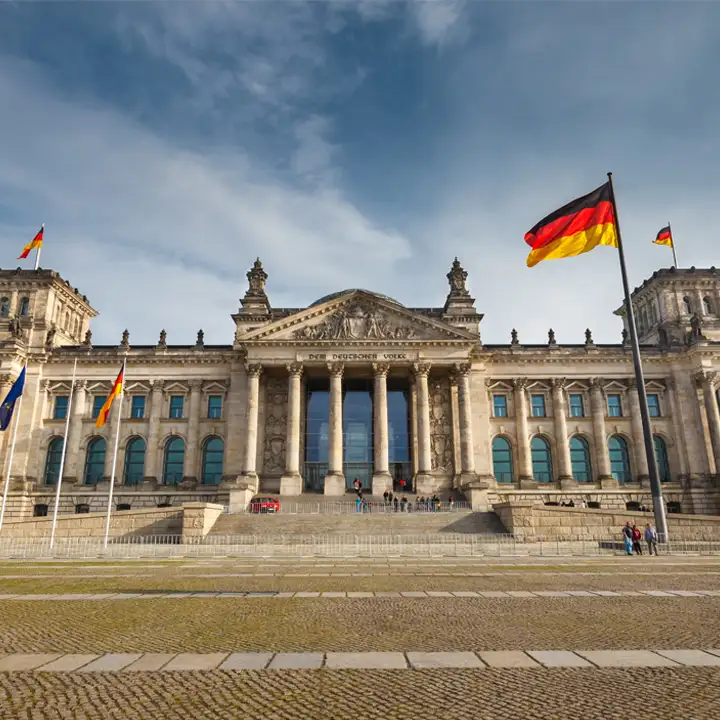
Day 2
Berlin
Day 2
Berlin



9:00 AM - 12:00 PM
Guided Walking Tour of Berlin
On this 3 hour tour, your guide will show you the highlights of Berlin and help you understand what makes this city so unique. Sites visited will include the boulevard Unter den Linden, the Gendarmenmarkt, Check Point Charlie, remnants of the Berlin Wall, Potsdamer Platz, the Holocaust Memorial, the Brandenburg Gate, and the Reichstag.
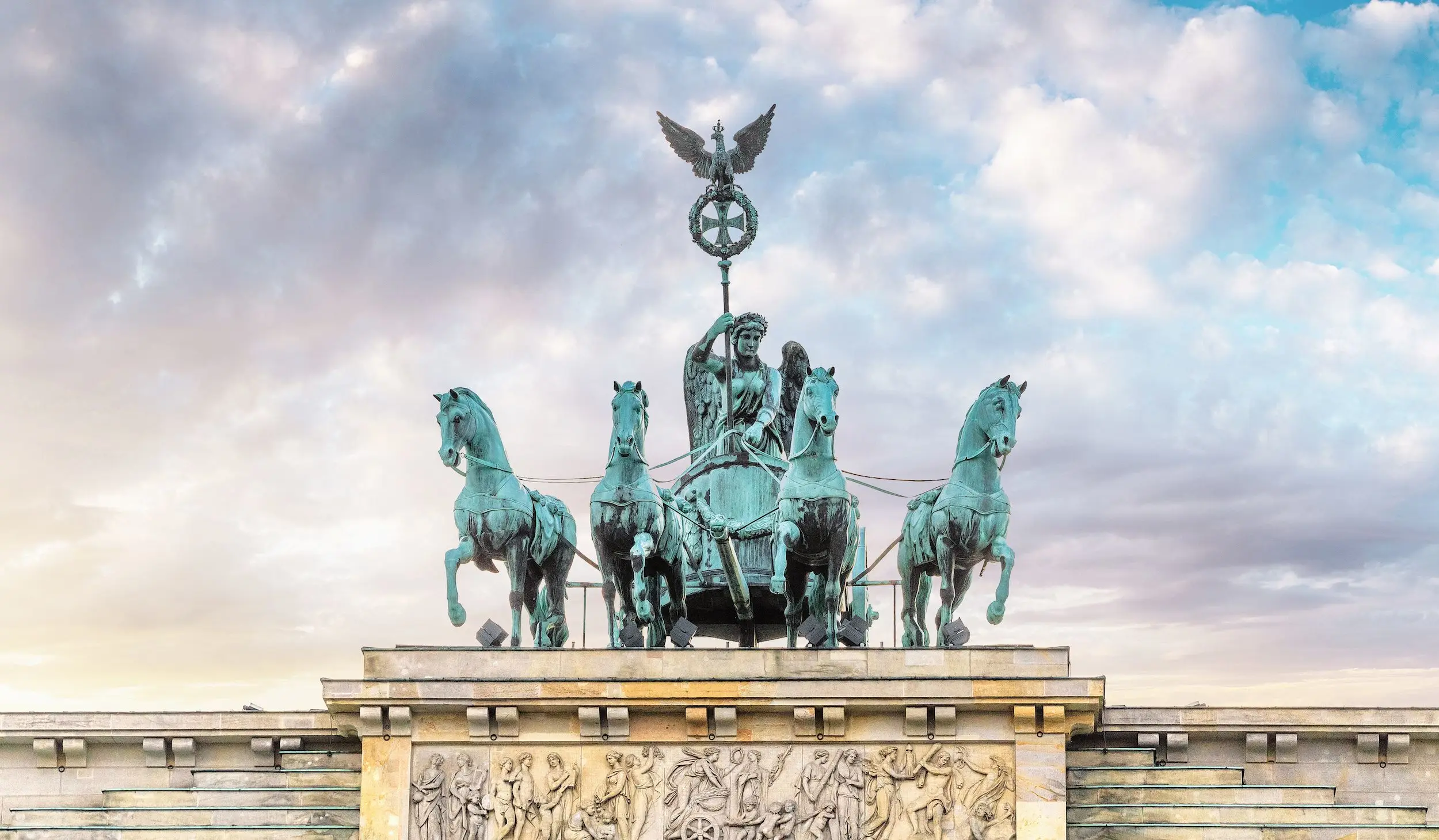
Brandenburg Gate
Quadriga. Hey, There's a Word to Know When Learning About this Historic Gate
Show More
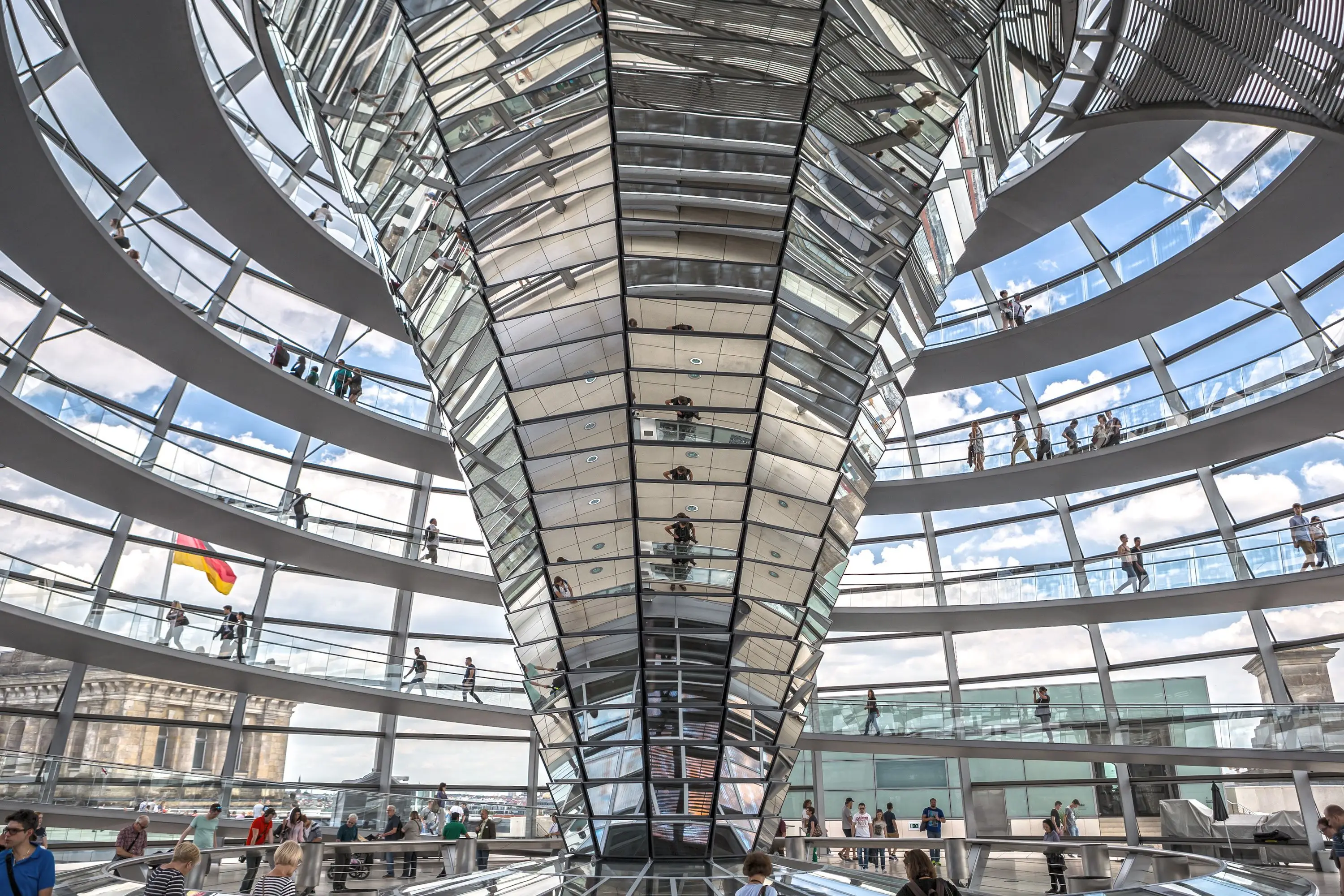
Reichstag
Make your way to the top of the dome enjoying amazing views and looking down at debating members of the German Parliament below.
Show More

Brandenburg Gate
Quadriga. Hey, There's a Word to Know When Learning About this Historic Gate
Show More

Reichstag
Make your way to the top of the dome enjoying amazing views and looking down at debating members of the German Parliament below.
Show More

Brandenburg Gate
Quadriga. Hey, There's a Word to Know When Learning About this Historic Gate
Show More

Reichstag
Make your way to the top of the dome enjoying amazing views and looking down at debating members of the German Parliament below.
Show More
prev
next

Day 2
Berlin


Brandenburg Gate
 Highlight of Guided Walking Tour of Berlin
Highlight of Guided Walking Tour of BerlinQuadriga. Hey, There's a Word to Know When Learning About this Historic Gate
The Brandenburg Gate was built as a symbol of peace, perverted into a symbol of power by the Nazis, and became a symbol of division during the Cold War. Now, however, it is a symbol of reunification. Completed in 1791, it was topped by the quadriga, a chariot drawn by four horses driven by the goddess of peace. Napoleon seized the quadriga as a spoil of war, but after his defeat, it was returned to the city and met by cheering crowds along the way, transforming the goddess of peace into a goddess of victory, holding a Germanic cross.

Reichstag
 Highlight of Guided Walking Tour of Berlin
Highlight of Guided Walking Tour of BerlinMake your way to the top of the dome enjoying amazing views and looking down at debating members of the German Parliament below.
Officially, the Reichstag is actually the Bundestag, which means the federal parliament. The Reichstag was reduced to a ruined shell by arson in 1933 and by World War II fighting, but it was rebuilt with a striking egg-shaped glass dome. Visitors are given a free audio guide that discusses the building’s history and architecture, while also orientating you to the sites of Berlin. It is an excellent introduction to the city. Note that it is usually necessary to book well in advance!

Brandenburg Gate
 Highlight of Guided Walking Tour of Berlin
Highlight of Guided Walking Tour of BerlinQuadriga. Hey, There's a Word to Know When Learning About this Historic Gate
The Brandenburg Gate was built as a symbol of peace, perverted into a symbol of power by the Nazis, and became a symbol of division during the Cold War. Now, however, it is a symbol of reunification. Completed in 1791, it was topped by the quadriga, a chariot drawn by four horses driven by the goddess of peace. Napoleon seized the quadriga as a spoil of war, but after his defeat, it was returned to the city and met by cheering crowds along the way, transforming the goddess of peace into a goddess of victory, holding a Germanic cross.

Reichstag
 Highlight of Guided Walking Tour of Berlin
Highlight of Guided Walking Tour of BerlinMake your way to the top of the dome enjoying amazing views and looking down at debating members of the German Parliament below.
Officially, the Reichstag is actually the Bundestag, which means the federal parliament. The Reichstag was reduced to a ruined shell by arson in 1933 and by World War II fighting, but it was rebuilt with a striking egg-shaped glass dome. Visitors are given a free audio guide that discusses the building’s history and architecture, while also orientating you to the sites of Berlin. It is an excellent introduction to the city. Note that it is usually necessary to book well in advance!

Brandenburg Gate
 Highlight of Guided Walking Tour of Berlin
Highlight of Guided Walking Tour of BerlinQuadriga. Hey, There's a Word to Know When Learning About this Historic Gate
The Brandenburg Gate was built as a symbol of peace, perverted into a symbol of power by the Nazis, and became a symbol of division during the Cold War. Now, however, it is a symbol of reunification. Completed in 1791, it was topped by the quadriga, a chariot drawn by four horses driven by the goddess of peace. Napoleon seized the quadriga as a spoil of war, but after his defeat, it was returned to the city and met by cheering crowds along the way, transforming the goddess of peace into a goddess of victory, holding a Germanic cross.

Reichstag
 Highlight of Guided Walking Tour of Berlin
Highlight of Guided Walking Tour of BerlinMake your way to the top of the dome enjoying amazing views and looking down at debating members of the German Parliament below.
Officially, the Reichstag is actually the Bundestag, which means the federal parliament. The Reichstag was reduced to a ruined shell by arson in 1933 and by World War II fighting, but it was rebuilt with a striking egg-shaped glass dome. Visitors are given a free audio guide that discusses the building’s history and architecture, while also orientating you to the sites of Berlin. It is an excellent introduction to the city. Note that it is usually necessary to book well in advance!
prev
next

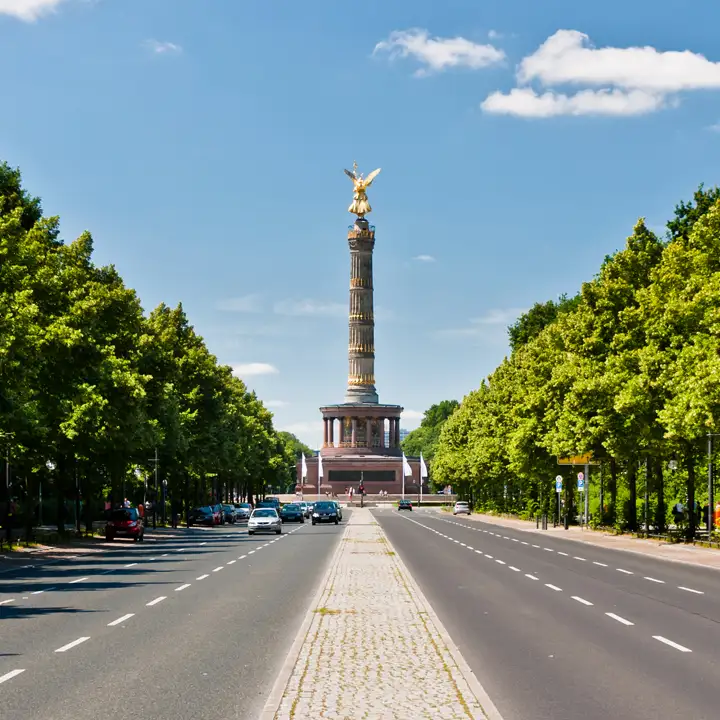
Day 3
Berlin
Day 3
Berlin



Morning/Mid-Day
Tiergarten
Once the hunting ground of the Prussian kings, the Tiergarten is Berlin’s most famous and expansive park. It is a wonderful escape from urban stress located in the very center of the city. You will discover beautiful forests, fields, and ponds, all easily reached through an extensive and well maintained network of trails. Some of Berlin's favorite beer gardens are also located in the park.

Café am Neuen See
Take a Break in a Popular Beer Garden Nestled Within the Park.
Show More
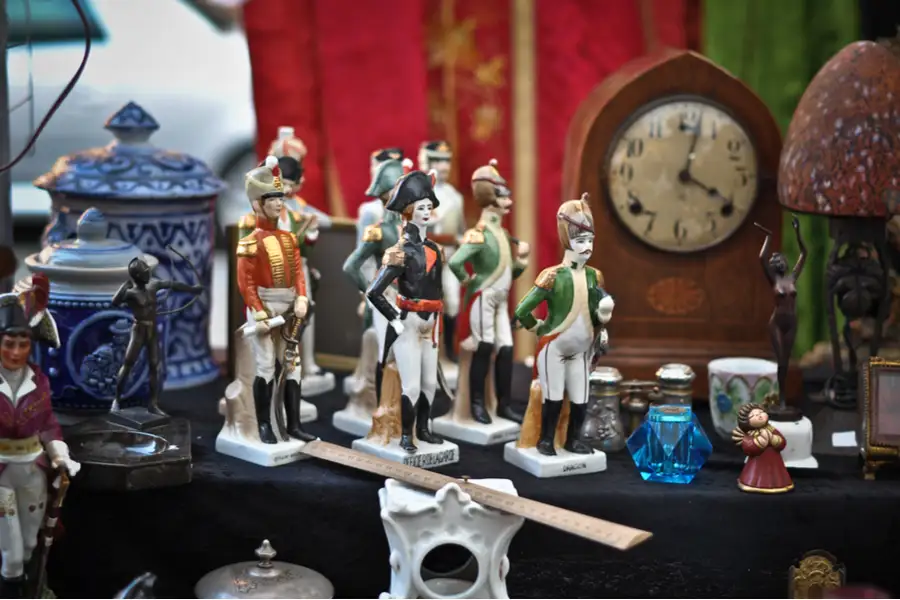
Trödel Markt
Shop within the forest at Berlin’s best flea market.
Show More

Victory Column
Climb the historic column for a panoramic view of the city amidst a sea of green trees.
Show More

Café am Neuen See
Take a Break in a Popular Beer Garden Nestled Within the Park.
Show More

Trödel Markt
Shop within the forest at Berlin’s best flea market.
Show More

Victory Column
Climb the historic column for a panoramic view of the city amidst a sea of green trees.
Show More

Café am Neuen See
Take a Break in a Popular Beer Garden Nestled Within the Park.
Show More
prev
next

Day 3
Berlin


Café am Neuen See
 Highlight of Tiergarten
Highlight of TiergartenTake a Break in a Popular Beer Garden Nestled Within the Park.
Even if you don’t feel like stopping for a drink or a meal, it is still worth a quick peek just to experience the atmosphere. The location is absolutely ideal, surrounded by forest and looking over the lake with its many paddle boaters. There's a formal sit-down café on the terrace and a self-service beer garden, where sharing benches is expected and completely normal.

Trödel Markt
 Highlight of Tiergarten
Highlight of TiergartenShop within the forest at Berlin’s best flea market.
If you are looking for a unique purchase then this is the place. The market takes place every weekend from 10am-5pm. Discover art, family heirlooms, furniture, clothing, souvenirs, food, and more.

Victory Column
 Highlight of Tiergarten
Highlight of TiergartenClimb the historic column for a panoramic view of the city amidst a sea of green trees.
One of Berlin’s most familiar sights, the column commemorates victories over Denmark, Austria, and France during the mid-19th century. These victories enabled the founding of the German Empire in 1871. It was moved to the current location on the express orders of Hitler.

Café am Neuen See
 Highlight of Tiergarten
Highlight of TiergartenTake a Break in a Popular Beer Garden Nestled Within the Park.
Even if you don’t feel like stopping for a drink or a meal, it is still worth a quick peek just to experience the atmosphere. The location is absolutely ideal, surrounded by forest and looking over the lake with its many paddle boaters. There's a formal sit-down café on the terrace and a self-service beer garden, where sharing benches is expected and completely normal.

Trödel Markt
 Highlight of Tiergarten
Highlight of TiergartenShop within the forest at Berlin’s best flea market.
If you are looking for a unique purchase then this is the place. The market takes place every weekend from 10am-5pm. Discover art, family heirlooms, furniture, clothing, souvenirs, food, and more.

Victory Column
 Highlight of Tiergarten
Highlight of TiergartenClimb the historic column for a panoramic view of the city amidst a sea of green trees.
One of Berlin’s most familiar sights, the column commemorates victories over Denmark, Austria, and France during the mid-19th century. These victories enabled the founding of the German Empire in 1871. It was moved to the current location on the express orders of Hitler.

Café am Neuen See
 Highlight of Tiergarten
Highlight of TiergartenTake a Break in a Popular Beer Garden Nestled Within the Park.
Even if you don’t feel like stopping for a drink or a meal, it is still worth a quick peek just to experience the atmosphere. The location is absolutely ideal, surrounded by forest and looking over the lake with its many paddle boaters. There's a formal sit-down café on the terrace and a self-service beer garden, where sharing benches is expected and completely normal.
prev
next

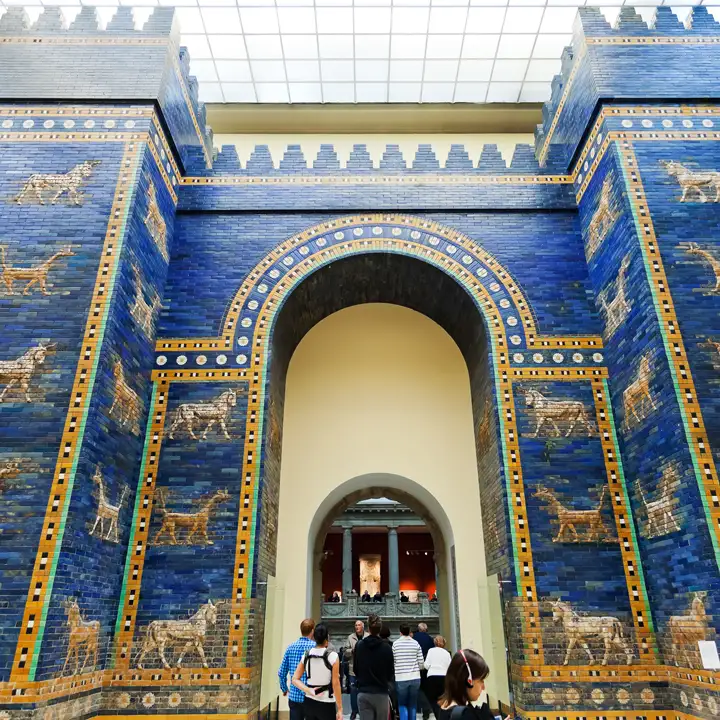
Day 4
Berlin to Dresden
Day 4
Berlin to Dresden




Morning/Mid-Day
Museum Island
This island in the River Spree is home to five world-renowned museums, which could easily fill up a whole trip just by themselves. The island is covered in trees and green lawns, while the classically-inspired architecture of the museums can be enjoyed without even stepping inside. Unfortunately, the biggest star of the island, the Pergamon Museum, with its wholly reconstructed ancient buildings, is closed until 2026 for renovations. However, you can still visit a massive 360-panorama depicting the ancient city of Pergamon, and there's still more museums to visit than you could possibly fit in. Also to be found on and around Museum Island are the majestic Berliner Dom cathedral and the huge Berlin Palace.
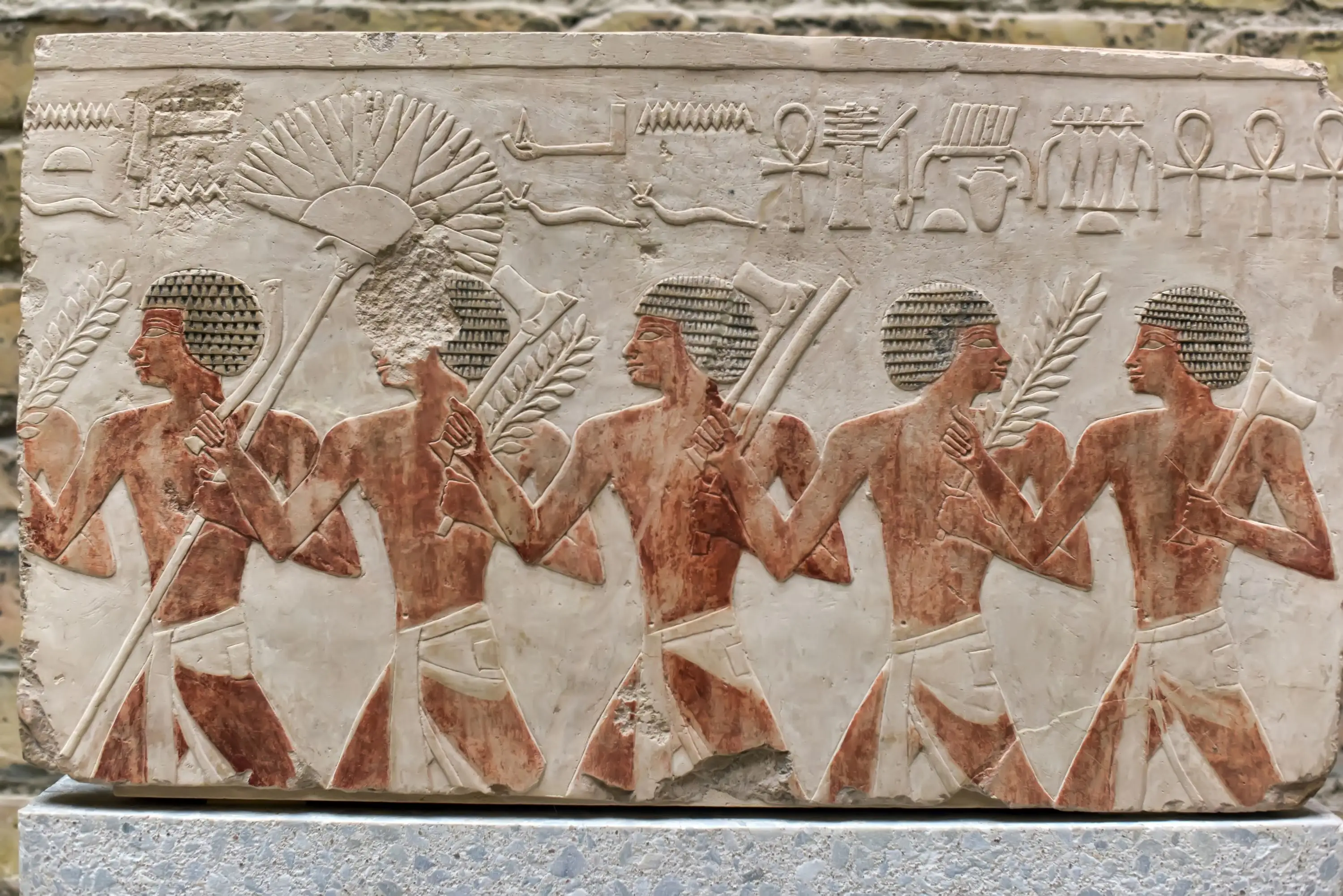
Neues Museum
Stare into the eyes of the famed Egyptian queen Nefertiti and see other ancient artwork and archeological artifacts.
Show More

Berliner Dom
Climb 270 steps to the top of this massive 19th century cathedral for a unique panoramic view of the city.
Show More

Pergamonmuseum
Relive the past in one of the world's premier museums of archealogy and ancient art. You can step into enormous ancient structures, wholly reconstructed.
Show More

Neues Museum
Stare into the eyes of the famed Egyptian queen Nefertiti and see other ancient artwork and archeological artifacts.
Show More

Berliner Dom
Climb 270 steps to the top of this massive 19th century cathedral for a unique panoramic view of the city.
Show More

Pergamonmuseum
Relive the past in one of the world's premier museums of archealogy and ancient art. You can step into enormous ancient structures, wholly reconstructed.
Show More

Neues Museum
Stare into the eyes of the famed Egyptian queen Nefertiti and see other ancient artwork and archeological artifacts.
Show More
prev
next

Day 4
Berlin to Dresden


Neues Museum
 Highlight of Museum Island
Highlight of Museum IslandStare into the eyes of the famed Egyptian queen Nefertiti and see other ancient artwork and archeological artifacts.
The New Museum was opened in 1859 to relieve pressure on the over-crowded Old Museum. The three exhibition floors were decorated by leading Classical painters, with a focal point being a grand staircase winding up all three stories. Exhibits include the archaeological collections of the Egyptian Museum and Papyrus Collection, the Museum of Pre- and Early History, and the Collection of Classical Antiquities. The 3300-year-old bust of Egyptian Queen Nefertiti is the showstopper.
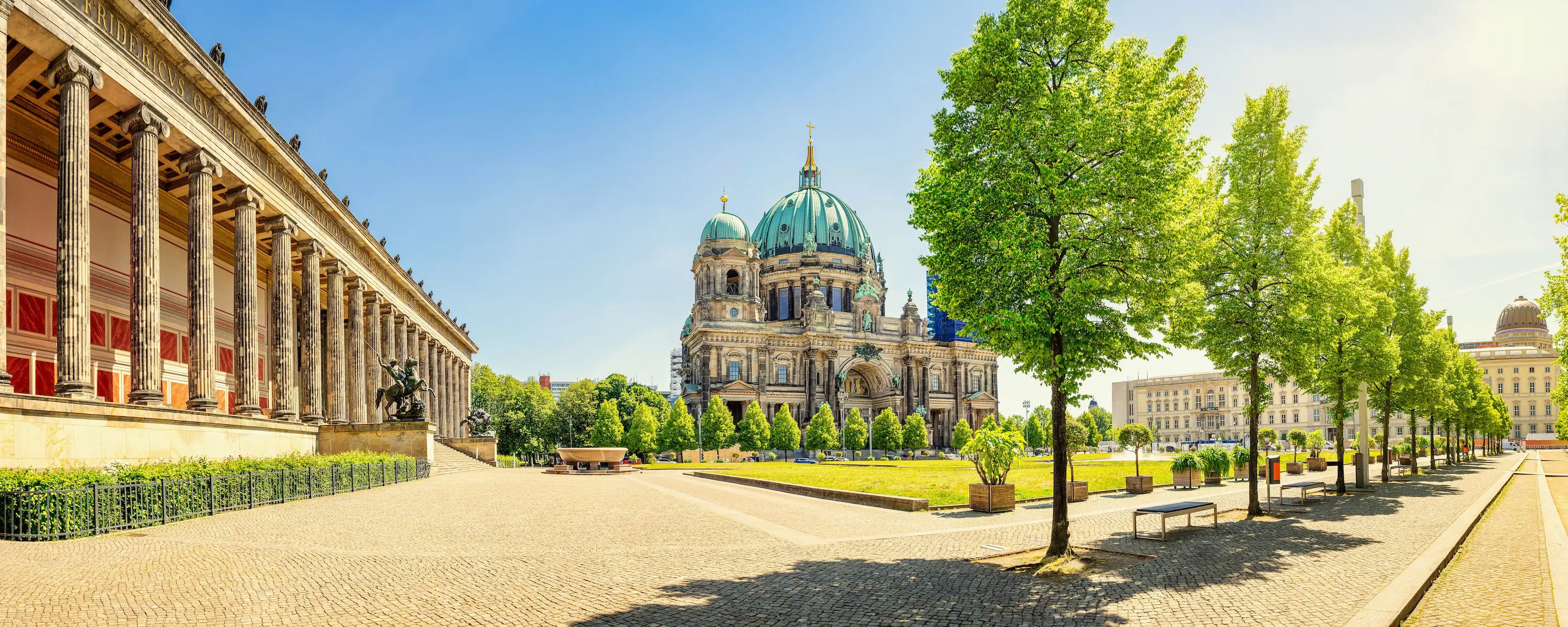
Berliner Dom
 Highlight of Museum Island
Highlight of Museum IslandClimb 270 steps to the top of this massive 19th century cathedral for a unique panoramic view of the city.
Berlin Cathedral, nestled on Museum Island, epitomizes German neo-Renaissance grandeur with its striking dome. Built from 1894 to 1905 and restored post-World War II, its lavish interior, stained glass, and notable pipe organ draw visitors. Beyond a place of worship, it houses the former imperial ruling family's, the Hohenzollern, crypt, revealing the dynastic past of Germany.
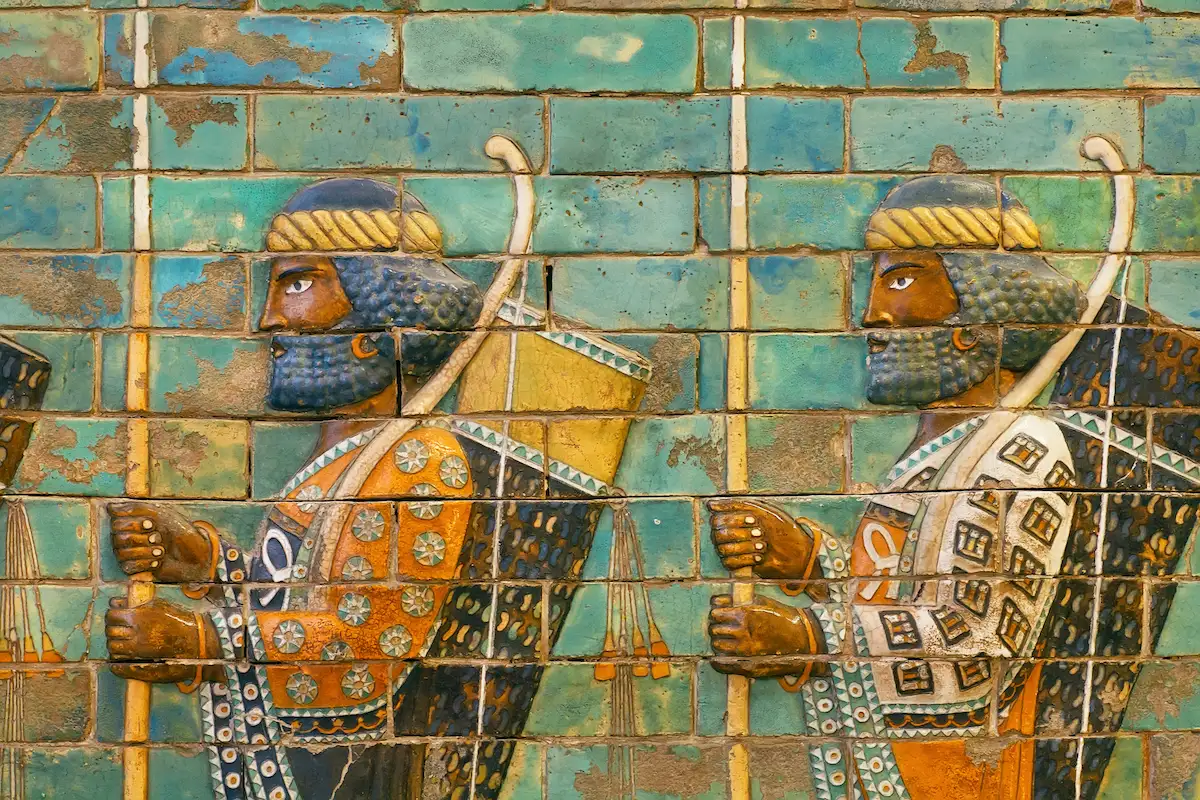
Pergamonmuseum
 Highlight of Museum Island
Highlight of Museum IslandRelive the past in one of the world's premier museums of archealogy and ancient art. You can step into enormous ancient structures, wholly reconstructed.
The museum is a jaw-dropping feast of classical sculpture and monumental architecture from Greece, Rome, Babylon and the Middle East divided into three parts. Highlights include the radiant-blue Ishtar Gate from Babylon, the Roman Market Gate of Miletus and the Caliph's Palace of Mshatta.

Neues Museum
 Highlight of Museum Island
Highlight of Museum IslandStare into the eyes of the famed Egyptian queen Nefertiti and see other ancient artwork and archeological artifacts.
The New Museum was opened in 1859 to relieve pressure on the over-crowded Old Museum. The three exhibition floors were decorated by leading Classical painters, with a focal point being a grand staircase winding up all three stories. Exhibits include the archaeological collections of the Egyptian Museum and Papyrus Collection, the Museum of Pre- and Early History, and the Collection of Classical Antiquities. The 3300-year-old bust of Egyptian Queen Nefertiti is the showstopper.

Berliner Dom
 Highlight of Museum Island
Highlight of Museum IslandClimb 270 steps to the top of this massive 19th century cathedral for a unique panoramic view of the city.
Berlin Cathedral, nestled on Museum Island, epitomizes German neo-Renaissance grandeur with its striking dome. Built from 1894 to 1905 and restored post-World War II, its lavish interior, stained glass, and notable pipe organ draw visitors. Beyond a place of worship, it houses the former imperial ruling family's, the Hohenzollern, crypt, revealing the dynastic past of Germany.

Pergamonmuseum
 Highlight of Museum Island
Highlight of Museum IslandRelive the past in one of the world's premier museums of archealogy and ancient art. You can step into enormous ancient structures, wholly reconstructed.
The museum is a jaw-dropping feast of classical sculpture and monumental architecture from Greece, Rome, Babylon and the Middle East divided into three parts. Highlights include the radiant-blue Ishtar Gate from Babylon, the Roman Market Gate of Miletus and the Caliph's Palace of Mshatta.

Neues Museum
 Highlight of Museum Island
Highlight of Museum IslandStare into the eyes of the famed Egyptian queen Nefertiti and see other ancient artwork and archeological artifacts.
The New Museum was opened in 1859 to relieve pressure on the over-crowded Old Museum. The three exhibition floors were decorated by leading Classical painters, with a focal point being a grand staircase winding up all three stories. Exhibits include the archaeological collections of the Egyptian Museum and Papyrus Collection, the Museum of Pre- and Early History, and the Collection of Classical Antiquities. The 3300-year-old bust of Egyptian Queen Nefertiti is the showstopper.
prev
next

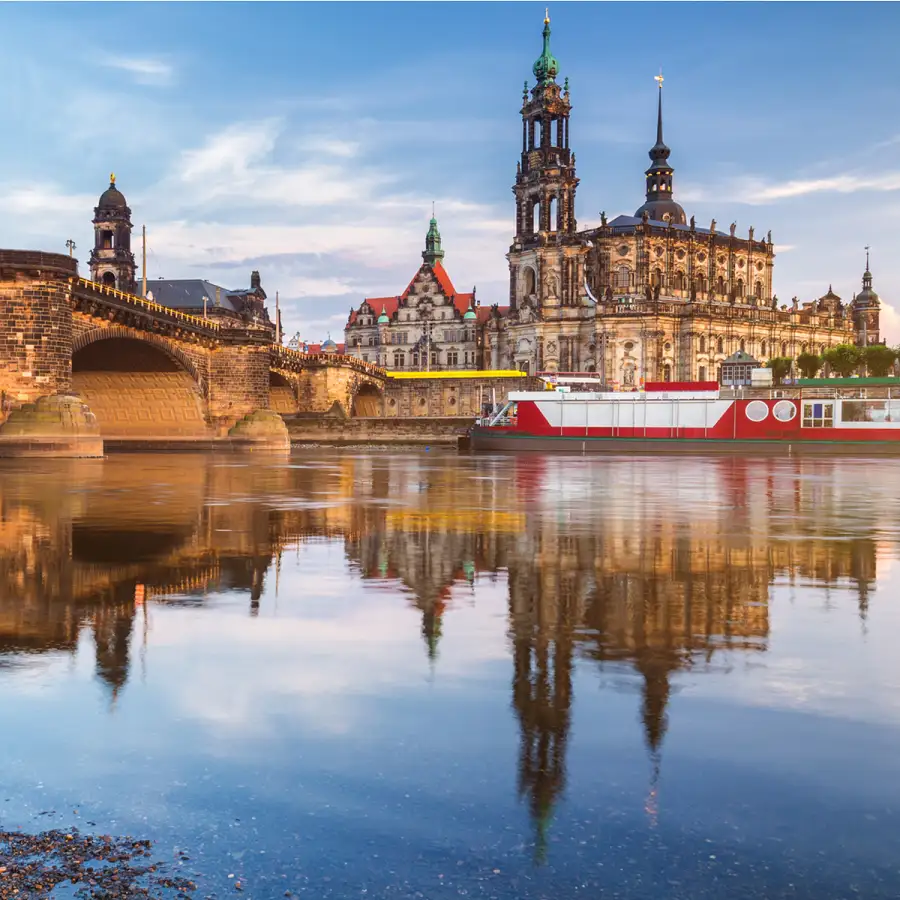
Day 5
Dresden
Day 5
Dresden




9:00 AM - 11:30 AM
Old Town Walking Tour
During this 2 hour tour you will discover the most impressive sights of Dresden Old Town, like the world famous Zwinger Palace, the Semper Opera House, the Cathedral or the Royal Palace. Our guide will give you all the historic background. You will also have a chance to see the reconstructed Frauenkirche, a symbol of reconciliation and peace in the world, a real pride of inhabitants of Dresden.

Zwinger Palace
See why the palace and its gardens were considered beautiful enough to hold some of Germany's most precious artworks.
Show More

Zwinger Palace
See why the palace and its gardens were considered beautiful enough to hold some of Germany's most precious artworks.
Show More

Zwinger Palace
See why the palace and its gardens were considered beautiful enough to hold some of Germany's most precious artworks.
Show More

Zwinger Palace
See why the palace and its gardens were considered beautiful enough to hold some of Germany's most precious artworks.
Show More

Zwinger Palace
See why the palace and its gardens were considered beautiful enough to hold some of Germany's most precious artworks.
Show More
prev
next

Day 5
Dresden

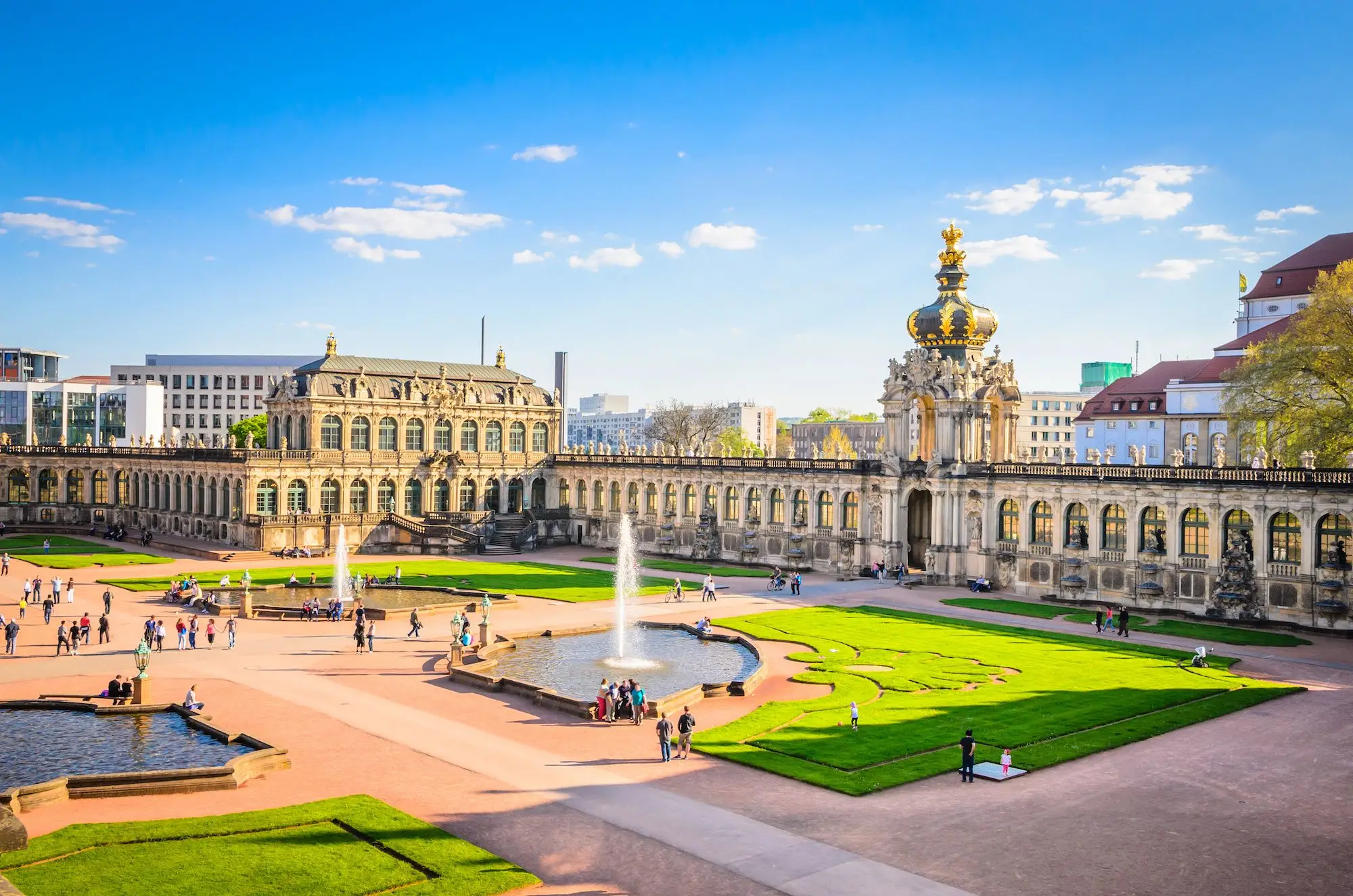
Zwinger Palace
 Highlight of Old Town Walking Tour
Highlight of Old Town Walking TourSee why the palace and its gardens were considered beautiful enough to hold some of Germany's most precious artworks.
There is much to see in the Zwinger besides the Old Masters' Gallery. The palace is one of the most admired Baroque structures in all of Germany, if not in Europe, so the architecture and gardens are attractions in themselves. There is also a porcelain collection and Royal Cabinet of Mathematical and Physical Instruments. The palace was originally built in 1709 as an orangery and garden. However, its beautifully adorned galleries and pavilions were intended to eventually serve as a forecourt for a much larger palace, which would be a testament to the power and greatness of Saxony's then ruler, Augustus the Strong. After his death that plan was dropped, and it would not be until the 19th century that the palace would find a suitable role to live up to its grandness, when it was transformed into a museum complex.

Zwinger Palace
 Highlight of Old Town Walking Tour
Highlight of Old Town Walking TourSee why the palace and its gardens were considered beautiful enough to hold some of Germany's most precious artworks.
There is much to see in the Zwinger besides the Old Masters' Gallery. The palace is one of the most admired Baroque structures in all of Germany, if not in Europe, so the architecture and gardens are attractions in themselves. There is also a porcelain collection and Royal Cabinet of Mathematical and Physical Instruments. The palace was originally built in 1709 as an orangery and garden. However, its beautifully adorned galleries and pavilions were intended to eventually serve as a forecourt for a much larger palace, which would be a testament to the power and greatness of Saxony's then ruler, Augustus the Strong. After his death that plan was dropped, and it would not be until the 19th century that the palace would find a suitable role to live up to its grandness, when it was transformed into a museum complex.

Zwinger Palace
 Highlight of Old Town Walking Tour
Highlight of Old Town Walking TourSee why the palace and its gardens were considered beautiful enough to hold some of Germany's most precious artworks.
There is much to see in the Zwinger besides the Old Masters' Gallery. The palace is one of the most admired Baroque structures in all of Germany, if not in Europe, so the architecture and gardens are attractions in themselves. There is also a porcelain collection and Royal Cabinet of Mathematical and Physical Instruments. The palace was originally built in 1709 as an orangery and garden. However, its beautifully adorned galleries and pavilions were intended to eventually serve as a forecourt for a much larger palace, which would be a testament to the power and greatness of Saxony's then ruler, Augustus the Strong. After his death that plan was dropped, and it would not be until the 19th century that the palace would find a suitable role to live up to its grandness, when it was transformed into a museum complex.

Zwinger Palace
 Highlight of Old Town Walking Tour
Highlight of Old Town Walking TourSee why the palace and its gardens were considered beautiful enough to hold some of Germany's most precious artworks.
There is much to see in the Zwinger besides the Old Masters' Gallery. The palace is one of the most admired Baroque structures in all of Germany, if not in Europe, so the architecture and gardens are attractions in themselves. There is also a porcelain collection and Royal Cabinet of Mathematical and Physical Instruments. The palace was originally built in 1709 as an orangery and garden. However, its beautifully adorned galleries and pavilions were intended to eventually serve as a forecourt for a much larger palace, which would be a testament to the power and greatness of Saxony's then ruler, Augustus the Strong. After his death that plan was dropped, and it would not be until the 19th century that the palace would find a suitable role to live up to its grandness, when it was transformed into a museum complex.

Zwinger Palace
 Highlight of Old Town Walking Tour
Highlight of Old Town Walking TourSee why the palace and its gardens were considered beautiful enough to hold some of Germany's most precious artworks.
There is much to see in the Zwinger besides the Old Masters' Gallery. The palace is one of the most admired Baroque structures in all of Germany, if not in Europe, so the architecture and gardens are attractions in themselves. There is also a porcelain collection and Royal Cabinet of Mathematical and Physical Instruments. The palace was originally built in 1709 as an orangery and garden. However, its beautifully adorned galleries and pavilions were intended to eventually serve as a forecourt for a much larger palace, which would be a testament to the power and greatness of Saxony's then ruler, Augustus the Strong. After his death that plan was dropped, and it would not be until the 19th century that the palace would find a suitable role to live up to its grandness, when it was transformed into a museum complex.
prev
next


Day 6
Dresden to Prague
Day 6
Dresden to Prague





Morning/Mid-Day
Suspension Railway
Enjoy a ride on Dresden's historic funicular up to the top of the foothill on the outskirts of the city with fabulous views over the Elbe River, take a short walk around the magnificent 19th-century villas that survived the devastating 1945 bombing raid, and come back down again on the world's oldest suspension railway.
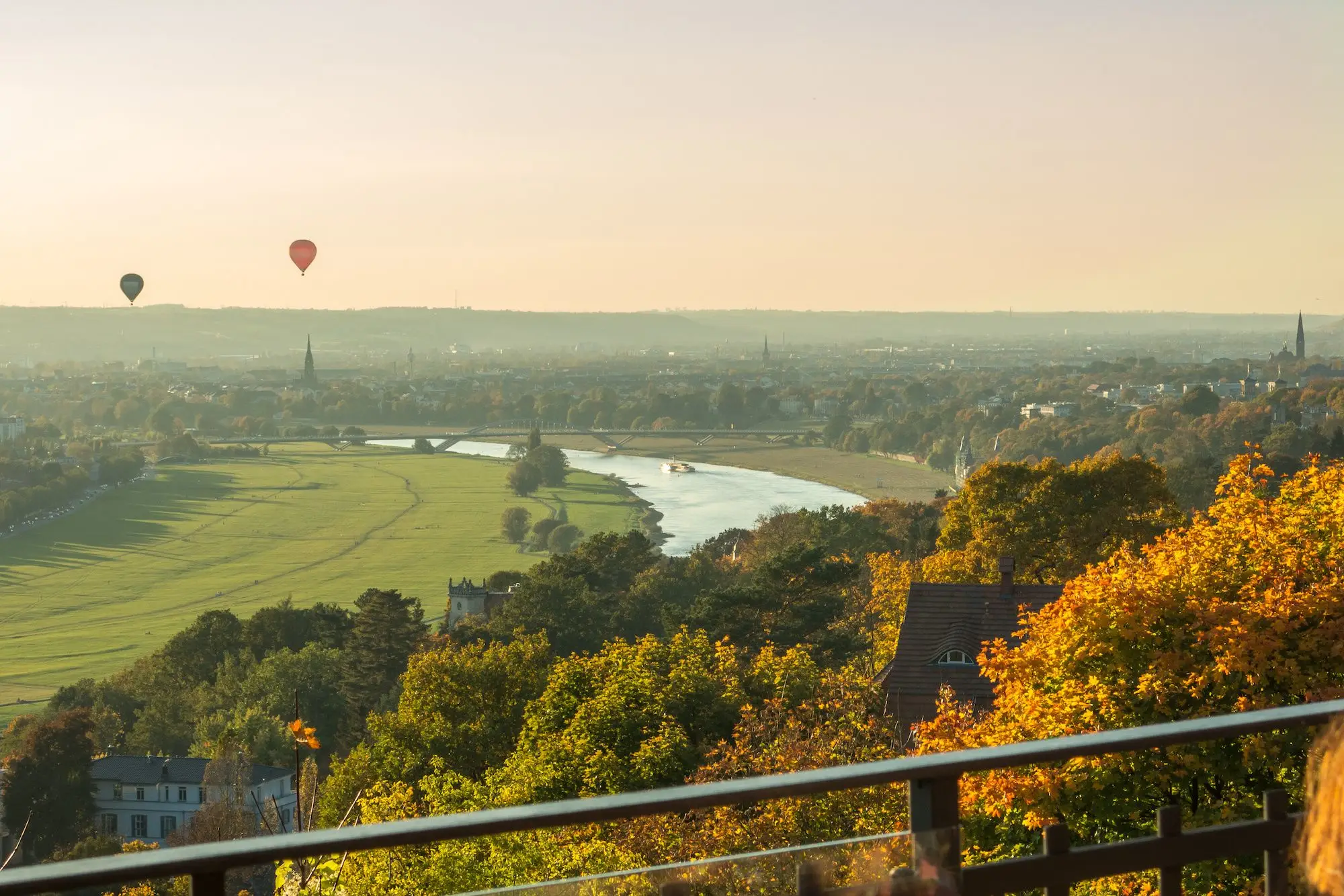
Luisenhof Restaurant
Restaurant with lovely terrace overlooking Elbe
Show More

Luisenhof Restaurant
Restaurant with lovely terrace overlooking Elbe
Show More

Luisenhof Restaurant
Restaurant with lovely terrace overlooking Elbe
Show More

Luisenhof Restaurant
Restaurant with lovely terrace overlooking Elbe
Show More

Luisenhof Restaurant
Restaurant with lovely terrace overlooking Elbe
Show More
prev
next

Day 6
Dresden to Prague


Luisenhof Restaurant
 Highlight of Suspension Railway
Highlight of Suspension RailwayRestaurant with lovely terrace overlooking Elbe
Reasonably priced restaurant with a great terrace on the one side with wonderful views of the River Elbe.

Luisenhof Restaurant
 Highlight of Suspension Railway
Highlight of Suspension RailwayRestaurant with lovely terrace overlooking Elbe
Reasonably priced restaurant with a great terrace on the one side with wonderful views of the River Elbe.

Luisenhof Restaurant
 Highlight of Suspension Railway
Highlight of Suspension RailwayRestaurant with lovely terrace overlooking Elbe
Reasonably priced restaurant with a great terrace on the one side with wonderful views of the River Elbe.

Luisenhof Restaurant
 Highlight of Suspension Railway
Highlight of Suspension RailwayRestaurant with lovely terrace overlooking Elbe
Reasonably priced restaurant with a great terrace on the one side with wonderful views of the River Elbe.

Luisenhof Restaurant
 Highlight of Suspension Railway
Highlight of Suspension RailwayRestaurant with lovely terrace overlooking Elbe
Reasonably priced restaurant with a great terrace on the one side with wonderful views of the River Elbe.
prev
next

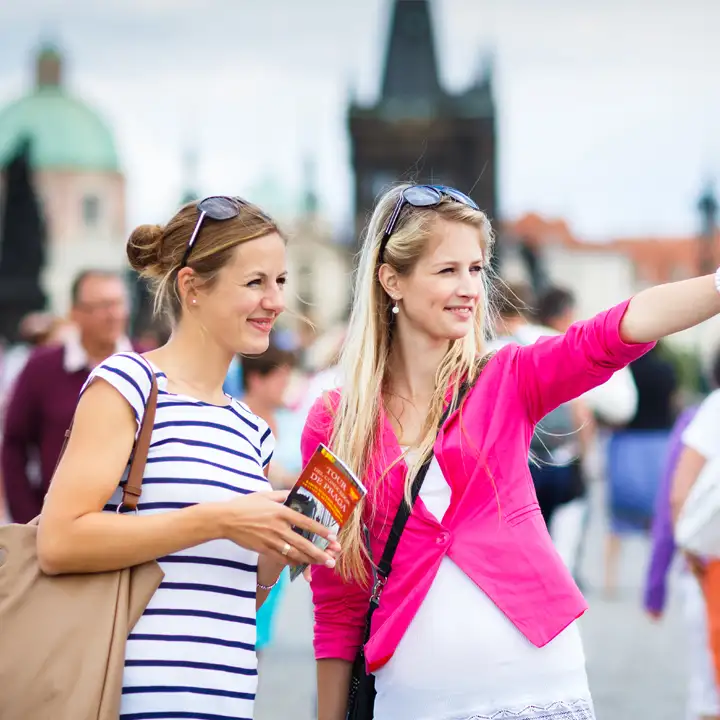
Day 7
Prague
Day 7
Prague



9:00 AM - 12:30 PM
Royal Route Guided Tour
On this charming guided walk, you will explore the Prague Castle, the largest castle complex in all of Europe. To reach the castle you will trace the Royal Coronation Route and cross the Charles Bridge, whose “speaking stones” reveal the amazing and often cruel history that occurred there. Your tour guide will then take you either through the castle courtyards and into the dramatic St. Vitus Cathedral in the center of the castle complex, or through the upper part of the castle district around the oversized palaces of the old Catholic nobility and the top of the Castle Steps for incomparable views over the red rooftops of the Little Quarter.

Charles Bridge
Cross the river dividing Prague's most historic neighborhoods, and experience one of Europe's most iconic landmarks.
Show More
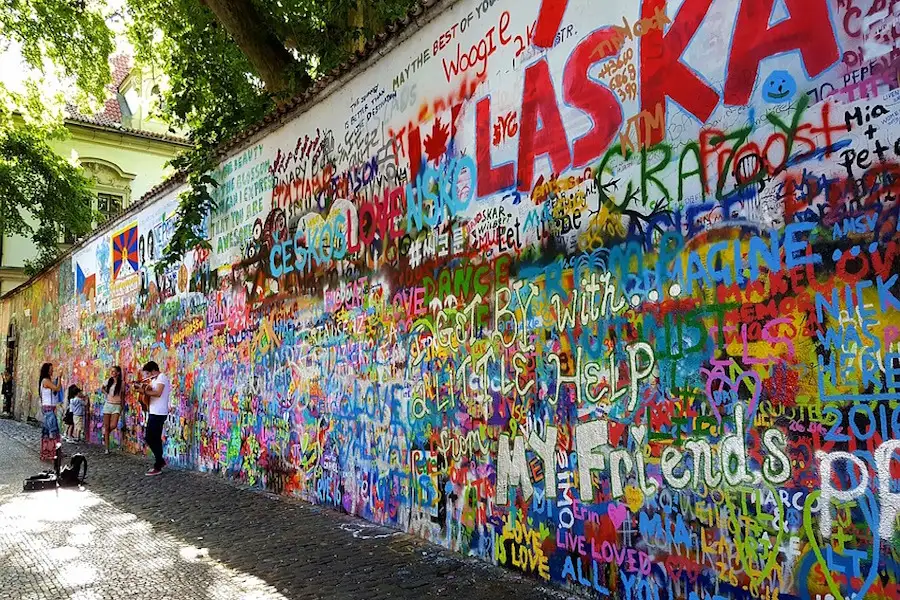
Maltese Square & Lennon Wall
See a historic wall that has been covered in John Lennon-inspired graffiti since Communist days.
Show More

Prague Castle
Prague Castle is one of the main attractions in Prague and is also the largest castle complex in the world.
Show More

Charles Bridge
Cross the river dividing Prague's most historic neighborhoods, and experience one of Europe's most iconic landmarks.
Show More

Maltese Square & Lennon Wall
See a historic wall that has been covered in John Lennon-inspired graffiti since Communist days.
Show More

Prague Castle
Prague Castle is one of the main attractions in Prague and is also the largest castle complex in the world.
Show More

Charles Bridge
Cross the river dividing Prague's most historic neighborhoods, and experience one of Europe's most iconic landmarks.
Show More
prev
next

Day 7
Prague

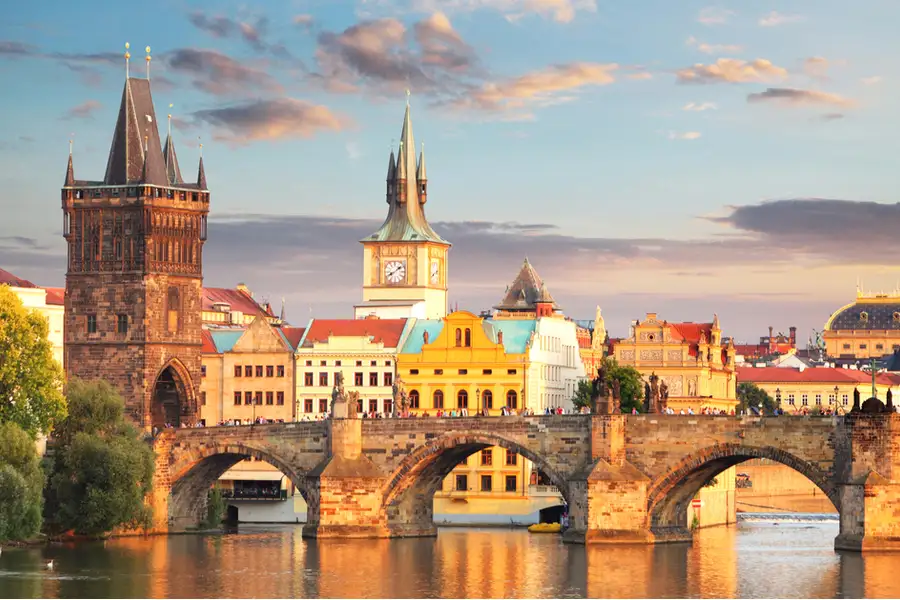
Charles Bridge
 Highlight of Royal Route Guided Tour
Highlight of Royal Route Guided TourCross the river dividing Prague's most historic neighborhoods, and experience one of Europe's most iconic landmarks.
Bridge construction began in 1357 under King Charles IV (hence the name), and it was the only bridge across the Vltava River until 1841. 30 baroque statues of saints line the bridge, and it is filled with street artists and entertainers. Not to be missed.

Maltese Square & Lennon Wall
 Highlight of Royal Route Guided Tour
Highlight of Royal Route Guided TourSee a historic wall that has been covered in John Lennon-inspired graffiti since Communist days.
The wall has been covered in graffiti since the 1960s, and during Communism anti-regime sentiment was common. John Lennon's assassination inspired grafitti reflecting his song, Imagine, which earned the wall its current moniker. It is now a favorite gathering place for tourists, and musicians sometimes congregate there as well. Just around the corner is the Maltese Square, which is one of Prague's more quaint and relaxed public spaces, despite being just off the main tourist route.
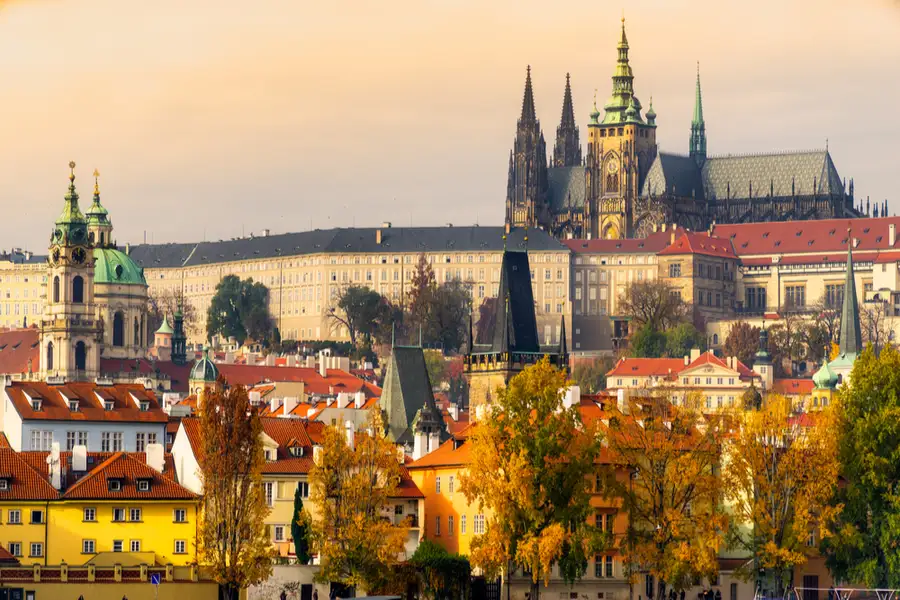
Prague Castle
 Highlight of Royal Route Guided Tour
Highlight of Royal Route Guided TourPrague Castle is one of the main attractions in Prague and is also the largest castle complex in the world.
The Prague Castle is the largest castle complex in the world with structures dating back to the 9th century. The St Vitus Cathedral and Basilica of St George can be found within the castle walls. The Prague Castle also includes several gardens, palaces, and a monastery. This castle was the seat of power for the Kings of Bohemia, Holy Roman Emperors, and presidents of former Czechoslovakia. Prague Castle is a UNESCO world heritage site and is one of the most visited places in the country.

Charles Bridge
 Highlight of Royal Route Guided Tour
Highlight of Royal Route Guided TourCross the river dividing Prague's most historic neighborhoods, and experience one of Europe's most iconic landmarks.
Bridge construction began in 1357 under King Charles IV (hence the name), and it was the only bridge across the Vltava River until 1841. 30 baroque statues of saints line the bridge, and it is filled with street artists and entertainers. Not to be missed.

Maltese Square & Lennon Wall
 Highlight of Royal Route Guided Tour
Highlight of Royal Route Guided TourSee a historic wall that has been covered in John Lennon-inspired graffiti since Communist days.
The wall has been covered in graffiti since the 1960s, and during Communism anti-regime sentiment was common. John Lennon's assassination inspired grafitti reflecting his song, Imagine, which earned the wall its current moniker. It is now a favorite gathering place for tourists, and musicians sometimes congregate there as well. Just around the corner is the Maltese Square, which is one of Prague's more quaint and relaxed public spaces, despite being just off the main tourist route.

Prague Castle
 Highlight of Royal Route Guided Tour
Highlight of Royal Route Guided TourPrague Castle is one of the main attractions in Prague and is also the largest castle complex in the world.
The Prague Castle is the largest castle complex in the world with structures dating back to the 9th century. The St Vitus Cathedral and Basilica of St George can be found within the castle walls. The Prague Castle also includes several gardens, palaces, and a monastery. This castle was the seat of power for the Kings of Bohemia, Holy Roman Emperors, and presidents of former Czechoslovakia. Prague Castle is a UNESCO world heritage site and is one of the most visited places in the country.

Charles Bridge
 Highlight of Royal Route Guided Tour
Highlight of Royal Route Guided TourCross the river dividing Prague's most historic neighborhoods, and experience one of Europe's most iconic landmarks.
Bridge construction began in 1357 under King Charles IV (hence the name), and it was the only bridge across the Vltava River until 1841. 30 baroque statues of saints line the bridge, and it is filled with street artists and entertainers. Not to be missed.
prev
next

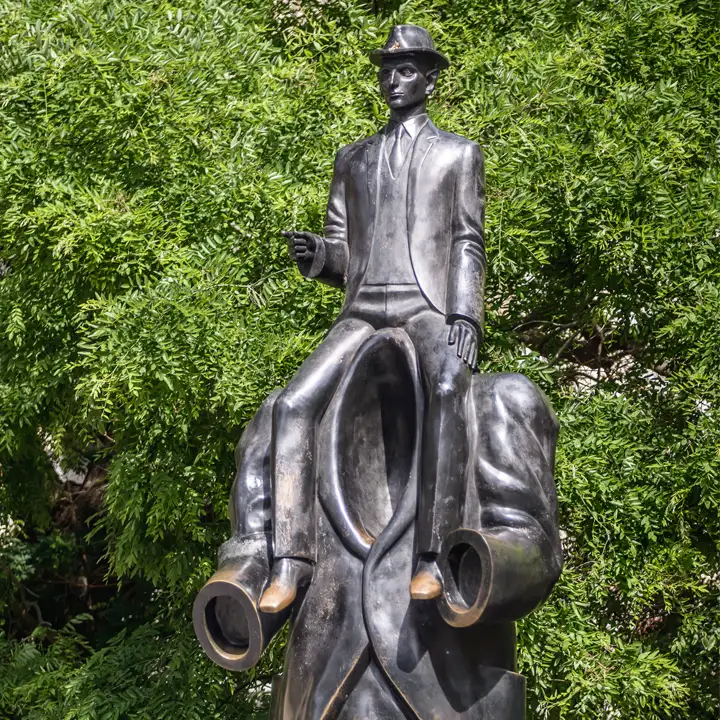
Day 8
Prague
Day 8
Prague



Morning/Mid-Day
Jewish Quarter
Jews have lived in Prague since its beginnings in the 10th century and have endowed it with a rich heritage. The ghetto was created in the 12th century, as Jews were forced to live separately from Christians. Despite persecution, the community prospered, but sadly, only a small minority survived the Nazi occupation. A lasting legacy remains, including synagogues, architecture, and a fascinating cemetery.

Spanish Synagogue
Discover the synagogue considered by many to be Prague's most beautiful.
Show More

Old-New Synagogue
See the oldest surviving synagogue in Europe and also one of Prague's earliest Gothic buildings.
Show More
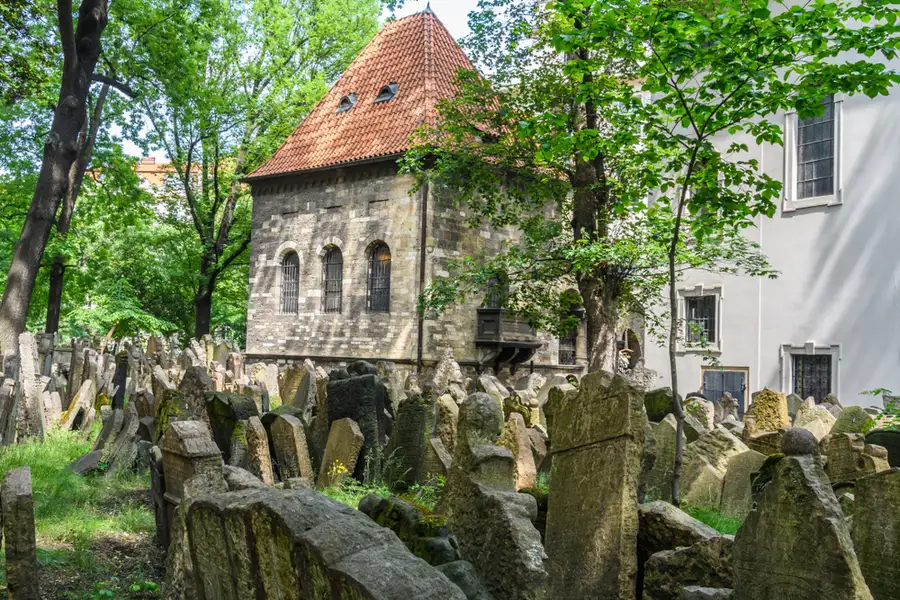
Old Jewish Cemetery
Take an unforgettable visit to one of Europe's largest medieval Jewish cemeteries.
Show More

Spanish Synagogue
Discover the synagogue considered by many to be Prague's most beautiful.
Show More

Old-New Synagogue
See the oldest surviving synagogue in Europe and also one of Prague's earliest Gothic buildings.
Show More

Old Jewish Cemetery
Take an unforgettable visit to one of Europe's largest medieval Jewish cemeteries.
Show More

Spanish Synagogue
Discover the synagogue considered by many to be Prague's most beautiful.
Show More
prev
next

Day 8
Prague

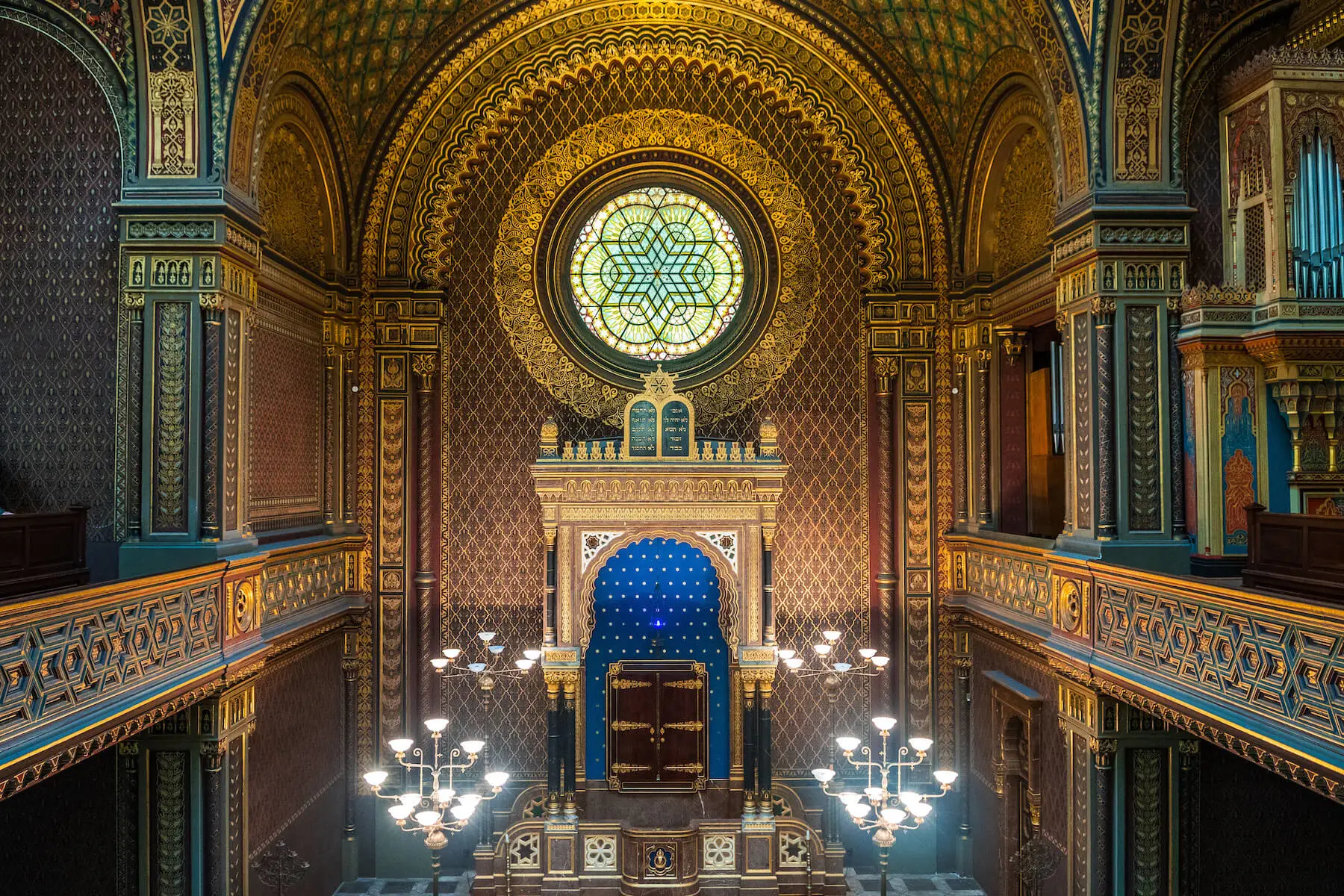
Spanish Synagogue
 Highlight of Jewish Quarter
Highlight of Jewish QuarterDiscover the synagogue considered by many to be Prague's most beautiful.
Completed in 1868, the Spanish Synagogue is the newest synagogue in Prague's Jewish Quarter, but happens to be built on the site of the former Oldest Synagogue in Prague. It is built in a stunning Spanish Moorish style as a symbol of the flowering of the Jewish culture which occurred under Muslim rule on the Iberian Peninsula.
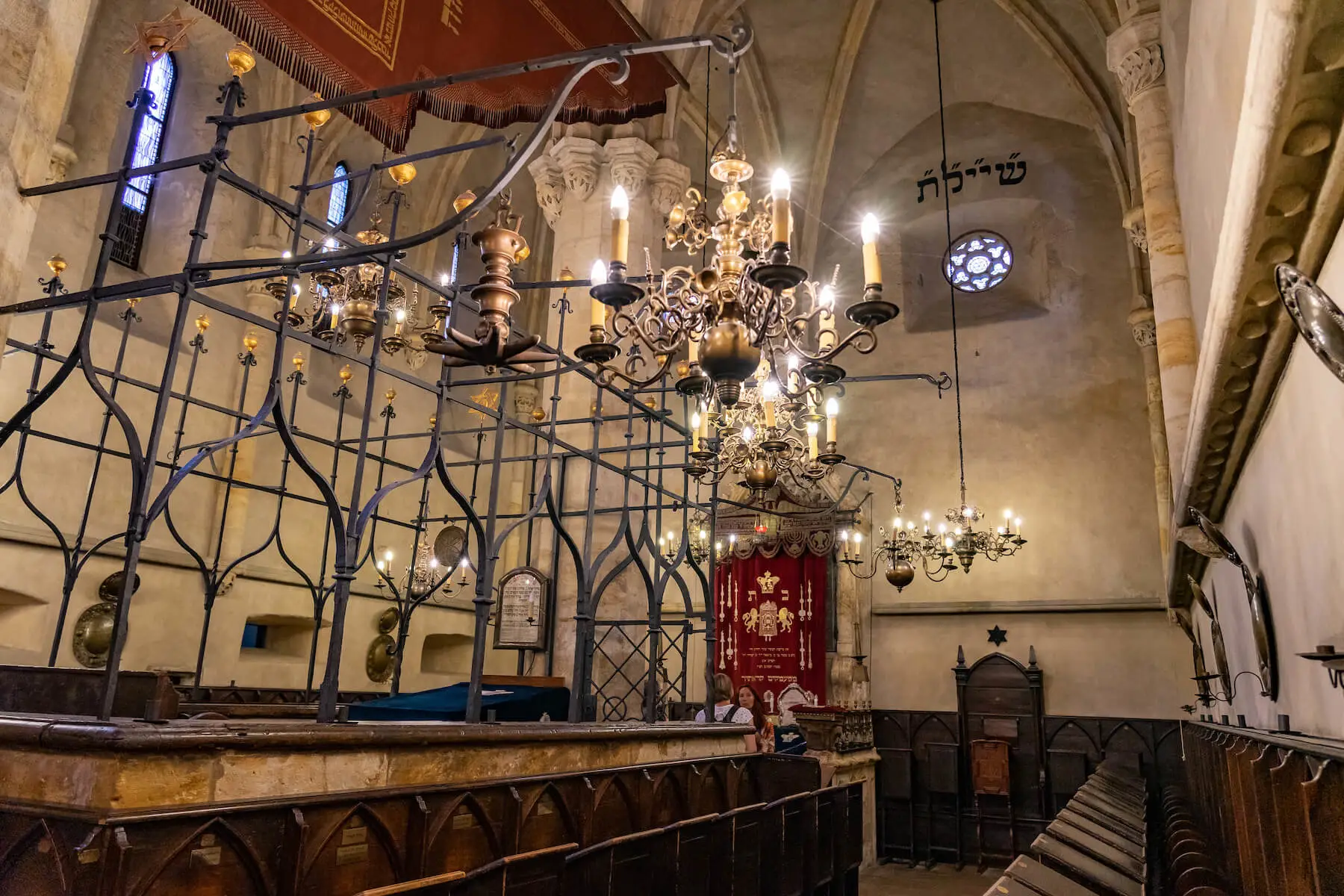
Old-New Synagogue
 Highlight of Jewish Quarter
Highlight of Jewish QuarterSee the oldest surviving synagogue in Europe and also one of Prague's earliest Gothic buildings.
When built it was Prague’s newest synagogue, but over time became its oldest – hence the “Old-New”. A beautiful ark holds the Torah and legend says its attic is the hiding place of the legendary clay Golem.

Old Jewish Cemetery
 Highlight of Jewish Quarter
Highlight of Jewish QuarterTake an unforgettable visit to one of Europe's largest medieval Jewish cemeteries.
As the Jewish Ghetto was quite cramped, there was no room to expand the cemetery. Unable to acquire further land, and not wishing to dishonor ancestors through the demolition of existing graves, Prague's Jews buried their loved ones in multiple levels. Gravestones are packed in tightly and in some areas the burials reach 12 layers!

Spanish Synagogue
 Highlight of Jewish Quarter
Highlight of Jewish QuarterDiscover the synagogue considered by many to be Prague's most beautiful.
Completed in 1868, the Spanish Synagogue is the newest synagogue in Prague's Jewish Quarter, but happens to be built on the site of the former Oldest Synagogue in Prague. It is built in a stunning Spanish Moorish style as a symbol of the flowering of the Jewish culture which occurred under Muslim rule on the Iberian Peninsula.

Old-New Synagogue
 Highlight of Jewish Quarter
Highlight of Jewish QuarterSee the oldest surviving synagogue in Europe and also one of Prague's earliest Gothic buildings.
When built it was Prague’s newest synagogue, but over time became its oldest – hence the “Old-New”. A beautiful ark holds the Torah and legend says its attic is the hiding place of the legendary clay Golem.

Old Jewish Cemetery
 Highlight of Jewish Quarter
Highlight of Jewish QuarterTake an unforgettable visit to one of Europe's largest medieval Jewish cemeteries.
As the Jewish Ghetto was quite cramped, there was no room to expand the cemetery. Unable to acquire further land, and not wishing to dishonor ancestors through the demolition of existing graves, Prague's Jews buried their loved ones in multiple levels. Gravestones are packed in tightly and in some areas the burials reach 12 layers!

Spanish Synagogue
 Highlight of Jewish Quarter
Highlight of Jewish QuarterDiscover the synagogue considered by many to be Prague's most beautiful.
Completed in 1868, the Spanish Synagogue is the newest synagogue in Prague's Jewish Quarter, but happens to be built on the site of the former Oldest Synagogue in Prague. It is built in a stunning Spanish Moorish style as a symbol of the flowering of the Jewish culture which occurred under Muslim rule on the Iberian Peninsula.
prev
next

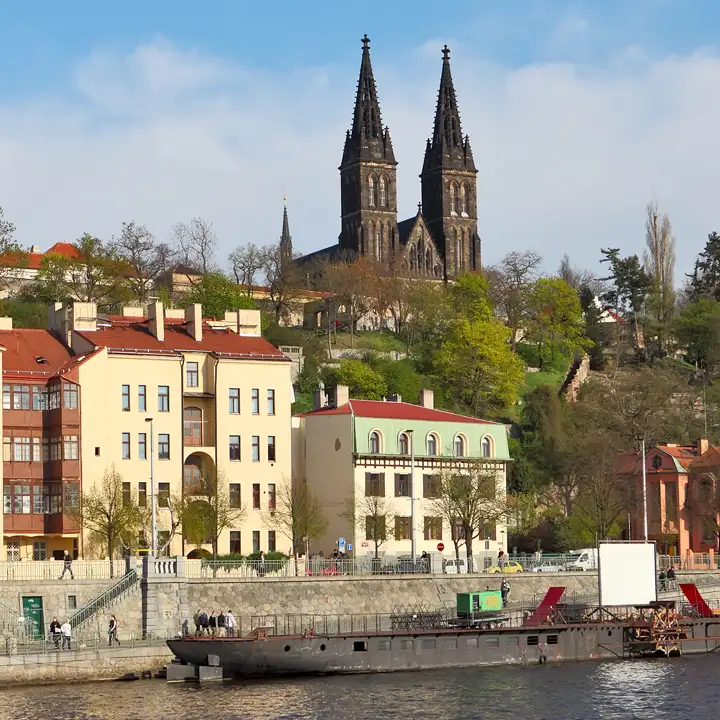
Day 9
Prague
Day 9
Prague



Morning/Mid-Day
Vyšehrad Fortress
The castle of Vyšehrad was the seat of Bohemia's kings from the 11th to the 12th centuries. Due to its strategic position on a hill overlooking the Vltava River and Prague, it became an important army garrison in the 17th century, and it was transformed into a fortress with huge walls, gates, and ramparts. Walking along these ramparts will offer you wonderful views of the city and river. The interior of the fortress is now given over to a pleasant and quiet park which is a favorite of locals.
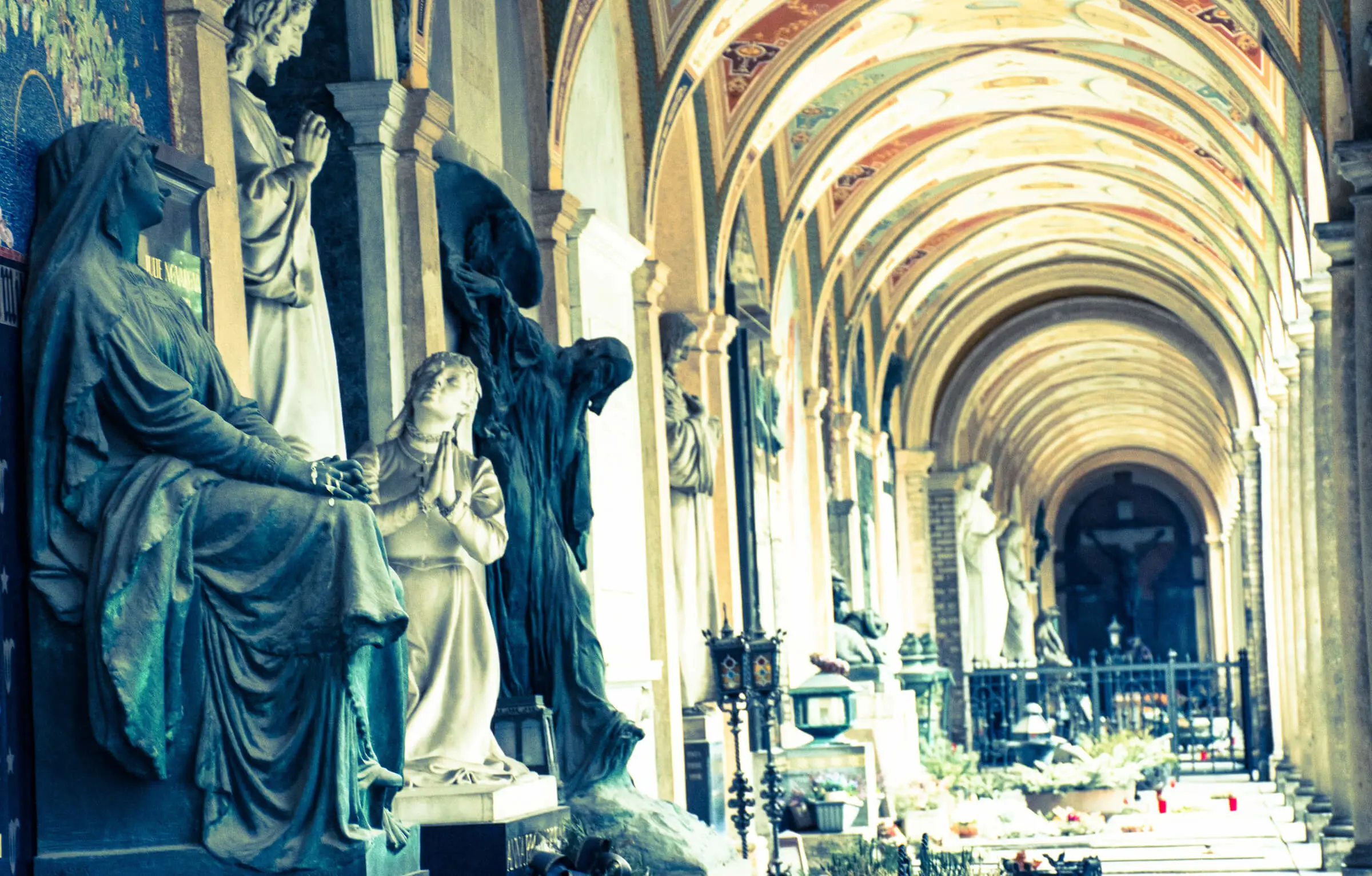
Vyšehrad Cemetery
Wander in a graveyard where many prominent Czechs are buried, such as famed composers Dvořák & Smětana.
Show More

Fortress Walls Viewpoint
Enjoy stunning city views from atop the fortress walls.
Show More

Brick Gate and Casemates
Venture within the fortress's massive 17th-century walls and gates.
Show More

Vyšehrad Cemetery
Wander in a graveyard where many prominent Czechs are buried, such as famed composers Dvořák & Smětana.
Show More

Fortress Walls Viewpoint
Enjoy stunning city views from atop the fortress walls.
Show More

Brick Gate and Casemates
Venture within the fortress's massive 17th-century walls and gates.
Show More

Vyšehrad Cemetery
Wander in a graveyard where many prominent Czechs are buried, such as famed composers Dvořák & Smětana.
Show More
prev
next

Day 9
Prague


Vyšehrad Cemetery
 Highlight of Vyšehrad Fortress
Highlight of Vyšehrad FortressWander in a graveyard where many prominent Czechs are buried, such as famed composers Dvořák & Smětana.
The cemetery is filled with many tombs which are works of art in themselves, including several arcades with beautiful art-nouveau frescoes. The monumental Slavin tomb is a sort of pantheon of the Czech people, with over 55 prominent persons buried within it. Dvořák and Smětana have their own more modest graves.
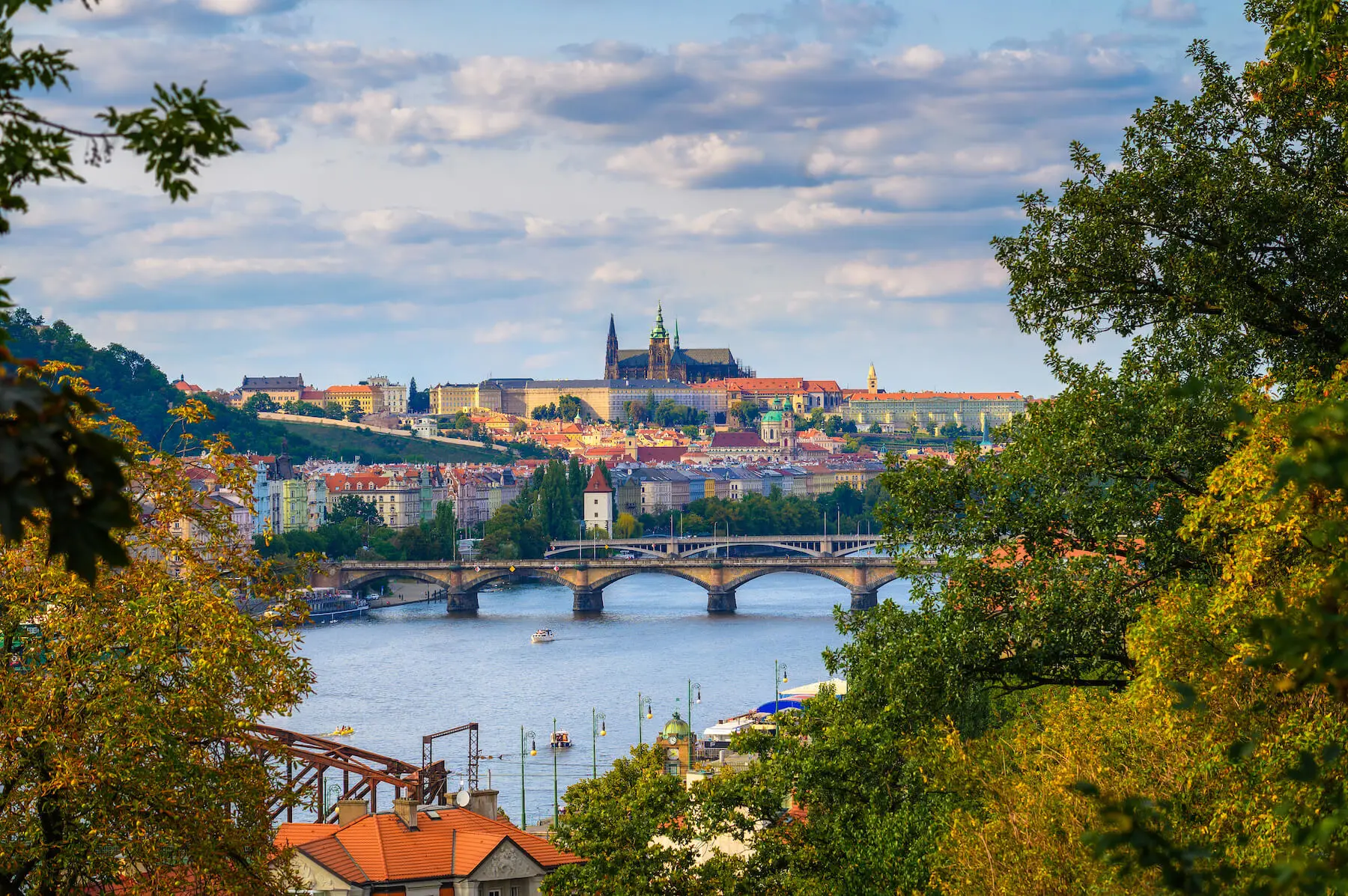
Fortress Walls Viewpoint
 Highlight of Vyšehrad Fortress
Highlight of Vyšehrad FortressEnjoy stunning city views from atop the fortress walls.
Prague Castle and most of the city can be seen from above the cavernous Gorlice Hall. A walk along the fortress walls is a delightful experience, as you will enjoy numerous excellent vantage points on all sides of the fortress, enjoying Prague from a different perspective without all the crowds.
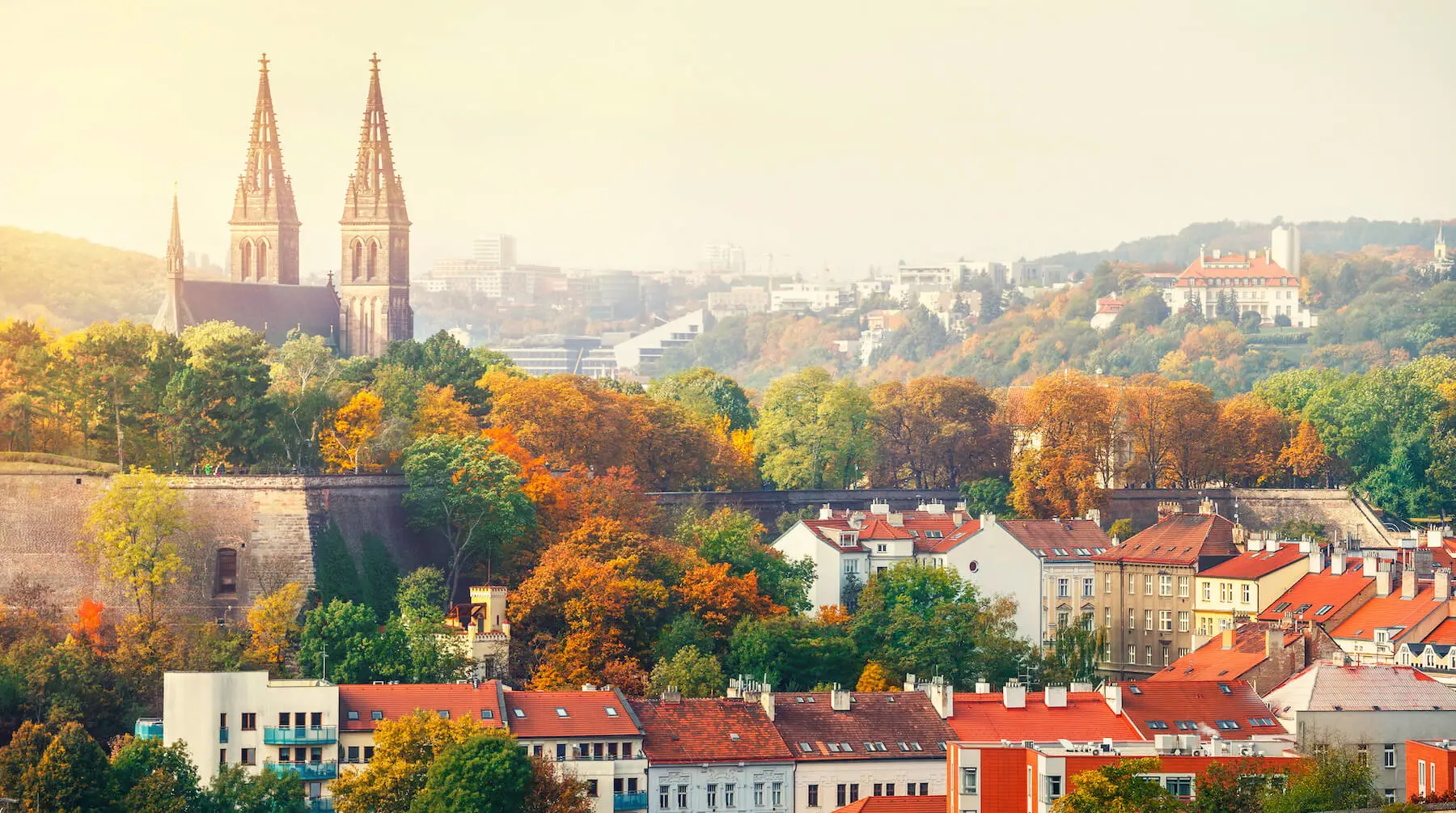
Brick Gate and Casemates
 Highlight of Vyšehrad Fortress
Highlight of Vyšehrad FortressVenture within the fortress's massive 17th-century walls and gates.
A tour through the Brick Gate on the fortress's north side will take you through the narrow underground passageways and casemates of the fortress. You will see a historical exhibit on Vyšehrad as well as the underground Gorlice Hall, where the original statues from the Charles Bridge are stored for safe-keeping (many of the statues on the bridge are copies).

Vyšehrad Cemetery
 Highlight of Vyšehrad Fortress
Highlight of Vyšehrad FortressWander in a graveyard where many prominent Czechs are buried, such as famed composers Dvořák & Smětana.
The cemetery is filled with many tombs which are works of art in themselves, including several arcades with beautiful art-nouveau frescoes. The monumental Slavin tomb is a sort of pantheon of the Czech people, with over 55 prominent persons buried within it. Dvořák and Smětana have their own more modest graves.

Fortress Walls Viewpoint
 Highlight of Vyšehrad Fortress
Highlight of Vyšehrad FortressEnjoy stunning city views from atop the fortress walls.
Prague Castle and most of the city can be seen from above the cavernous Gorlice Hall. A walk along the fortress walls is a delightful experience, as you will enjoy numerous excellent vantage points on all sides of the fortress, enjoying Prague from a different perspective without all the crowds.

Brick Gate and Casemates
 Highlight of Vyšehrad Fortress
Highlight of Vyšehrad FortressVenture within the fortress's massive 17th-century walls and gates.
A tour through the Brick Gate on the fortress's north side will take you through the narrow underground passageways and casemates of the fortress. You will see a historical exhibit on Vyšehrad as well as the underground Gorlice Hall, where the original statues from the Charles Bridge are stored for safe-keeping (many of the statues on the bridge are copies).

Vyšehrad Cemetery
 Highlight of Vyšehrad Fortress
Highlight of Vyšehrad FortressWander in a graveyard where many prominent Czechs are buried, such as famed composers Dvořák & Smětana.
The cemetery is filled with many tombs which are works of art in themselves, including several arcades with beautiful art-nouveau frescoes. The monumental Slavin tomb is a sort of pantheon of the Czech people, with over 55 prominent persons buried within it. Dvořák and Smětana have their own more modest graves.
prev
next

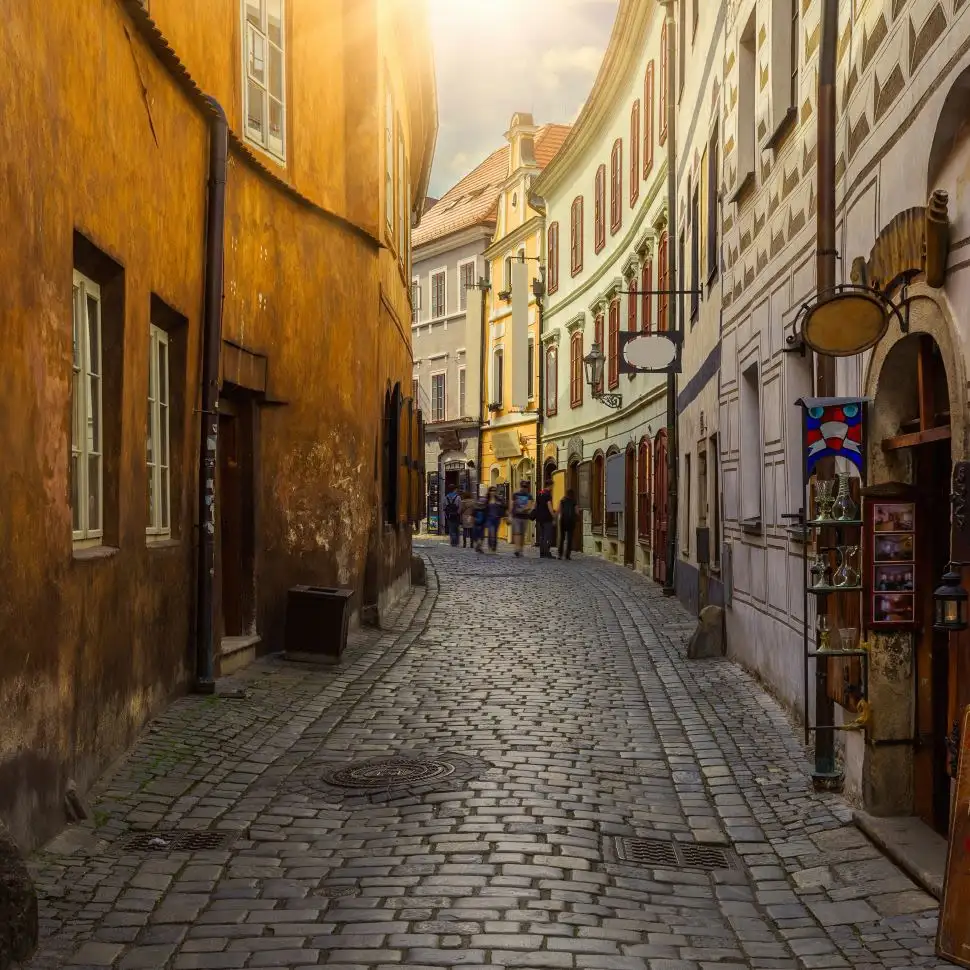
Day 10
Prague to Cesky Krumlov
Day 10
Prague to Cesky Krumlov






7:00 AM
Transfer from Prague Bus Station
A car service will pick you up from the N/A and deliver you to the Na Knížecí bus station, where you will catch your bus. IMPORTANT NOTE: Please be aware the car service can fit up to 1 checked item of luggage and 1 personal item per person, such as a purse or small backpack. If you think you will have more baggage, please inform your travel consultant as this may result in an additional fee.

Day 10
Prague to Cesky Krumlov



Day 11
Cesky Krumlov
Day 11
Cesky Krumlov


9:00 AM - 12:00 PM
Guided trip to Zláta Koruna
Zlatá Koruna (Golden Crown) is one of the best-preserved Cistercian monasteries in the Czech Republic. You will be transported to the monastery by van, where you will be given a tour of the monastery. Your exploration of the monastery will take you through halls and cloisters with beautifully frescoed ceilings and delicately sculpted vaulting, and you will be accompanied by a private guide.

Day 11
Cesky Krumlov


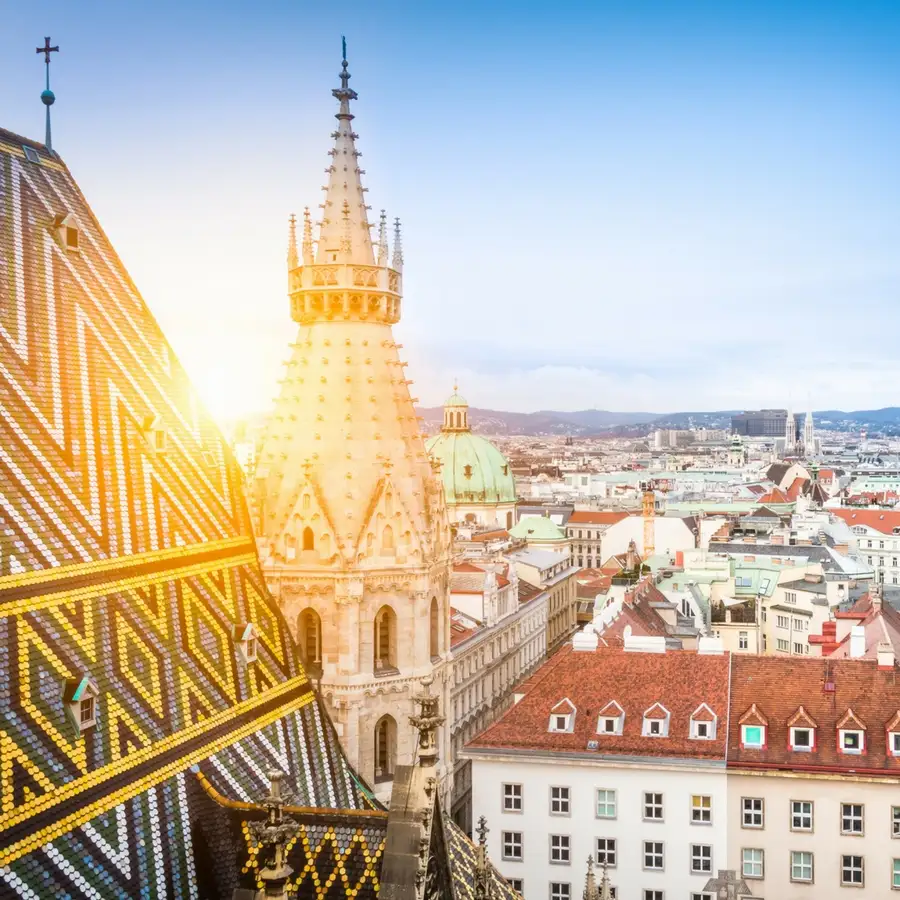
Day 12
Cesky Krumlov to Vienna
Day 12
Cesky Krumlov to Vienna




8:00 AM - 11:30 AM
Shuttle from Cesky Krumlov to Vienna
A shuttle service will pick you up directly from your hotel in Český Krumlov, N/A, and take you directly to your hotel in Vienna, N/A. You will climb over the low-lying yet impressive Šumava Mountains. After making your way through a beautiful rolling countryside of Lower Austria you will reach Vienna, where the next leg of your journey will begin! IMPORTANT NOTE: Please be aware the car service can fit up to 1 checked item of luggage and 1 personal item per person, such as a purse or small backpack. If you think you will have more baggage, please inform your travel consultant as this may result in an additional fee.

Day 12
Cesky Krumlov to Vienna


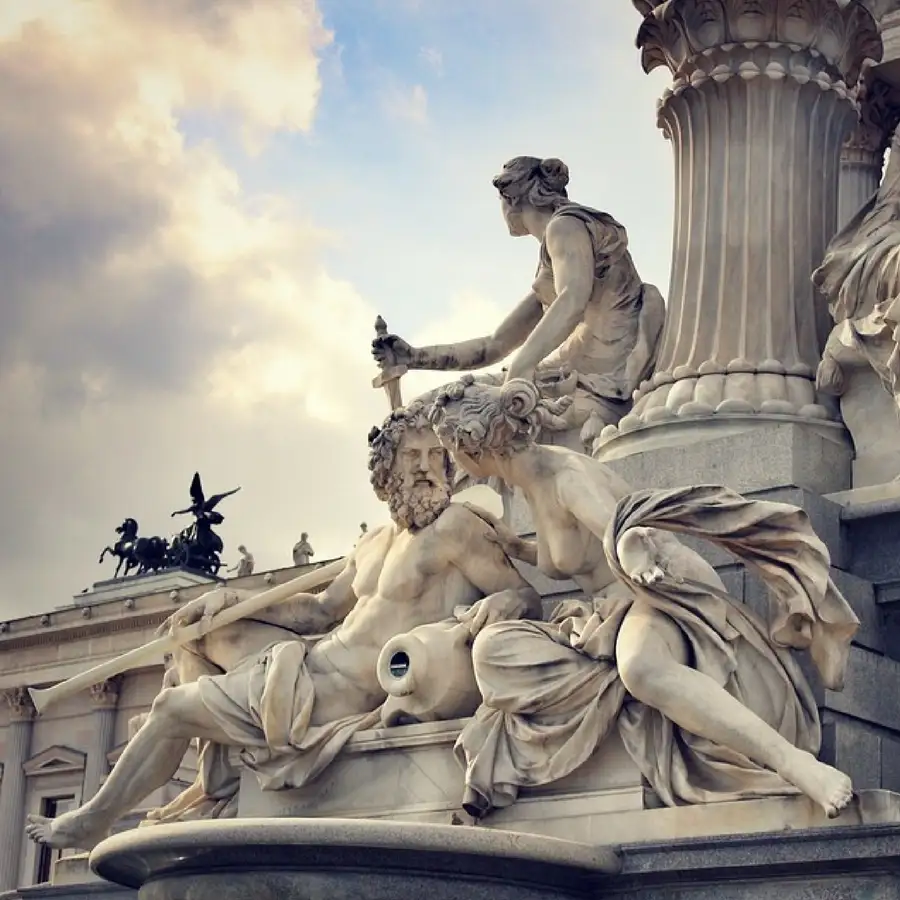
Day 13
Vienna
Day 13
Vienna


Morning to Afternoon
Schönbrunn Palace
The magnificent Baroque palace of Schönbrunn is most famously associated with Empress Maria Theresa, who lived here surrounded by 16 little archdukes and duchesses who also happened to be her children. On your tour of the palace, you will see how Maria Theresa and other past imperial residents lived. No visit is complete without a stroll in the vast gardens surrounding the palace.

Schönbrunn Zoo
Join local families enjoying one of Europe's best zoos.
Show More

Schönbrunn Gardens
Get lost in the huge imperial gardens.
Show More

Schönbrunn Zoo
Join local families enjoying one of Europe's best zoos.
Show More

Schönbrunn Gardens
Get lost in the huge imperial gardens.
Show More

Schönbrunn Zoo
Join local families enjoying one of Europe's best zoos.
Show More

Schönbrunn Gardens
Get lost in the huge imperial gardens.
Show More
prev
next

Day 13
Vienna


Schönbrunn Zoo
 Highlight of Schönbrunn Palace
Highlight of Schönbrunn PalaceJoin local families enjoying one of Europe's best zoos.
With an entrance directly connected to the Schönbrunn palace gardens, visiting the zoo can be a great addition to any trip to the palace. Founded as an imperial menagerie in 1752, it is the oldest continually operated zoo in the world, and today is home to many rare species such as giant pandas.
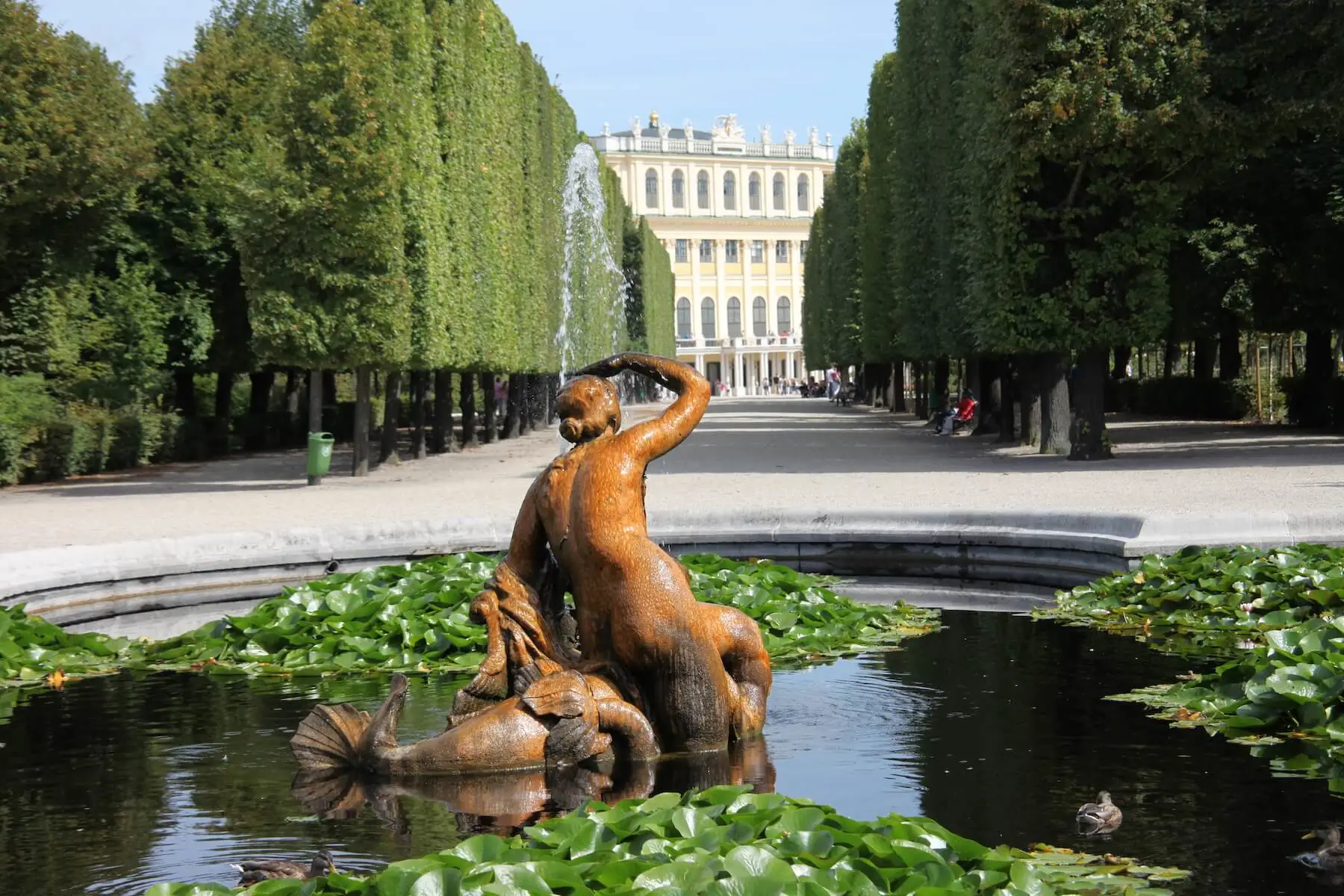
Schönbrunn Gardens
 Highlight of Schönbrunn Palace
Highlight of Schönbrunn PalaceGet lost in the huge imperial gardens.
The beautiful park is a mix of formal gardens and woodlands, and is dotted with enchanting statues & fountains, including a massive fountain of Neptune. The Gloriette pavilion sits on a rise opposite the palace and commands a wonderful view. Kids will love the labyrinth, racing to find the tower at the center of the maze.

Schönbrunn Zoo
 Highlight of Schönbrunn Palace
Highlight of Schönbrunn PalaceJoin local families enjoying one of Europe's best zoos.
With an entrance directly connected to the Schönbrunn palace gardens, visiting the zoo can be a great addition to any trip to the palace. Founded as an imperial menagerie in 1752, it is the oldest continually operated zoo in the world, and today is home to many rare species such as giant pandas.

Schönbrunn Gardens
 Highlight of Schönbrunn Palace
Highlight of Schönbrunn PalaceGet lost in the huge imperial gardens.
The beautiful park is a mix of formal gardens and woodlands, and is dotted with enchanting statues & fountains, including a massive fountain of Neptune. The Gloriette pavilion sits on a rise opposite the palace and commands a wonderful view. Kids will love the labyrinth, racing to find the tower at the center of the maze.

Schönbrunn Zoo
 Highlight of Schönbrunn Palace
Highlight of Schönbrunn PalaceJoin local families enjoying one of Europe's best zoos.
With an entrance directly connected to the Schönbrunn palace gardens, visiting the zoo can be a great addition to any trip to the palace. Founded as an imperial menagerie in 1752, it is the oldest continually operated zoo in the world, and today is home to many rare species such as giant pandas.

Schönbrunn Gardens
 Highlight of Schönbrunn Palace
Highlight of Schönbrunn PalaceGet lost in the huge imperial gardens.
The beautiful park is a mix of formal gardens and woodlands, and is dotted with enchanting statues & fountains, including a massive fountain of Neptune. The Gloriette pavilion sits on a rise opposite the palace and commands a wonderful view. Kids will love the labyrinth, racing to find the tower at the center of the maze.
prev
next

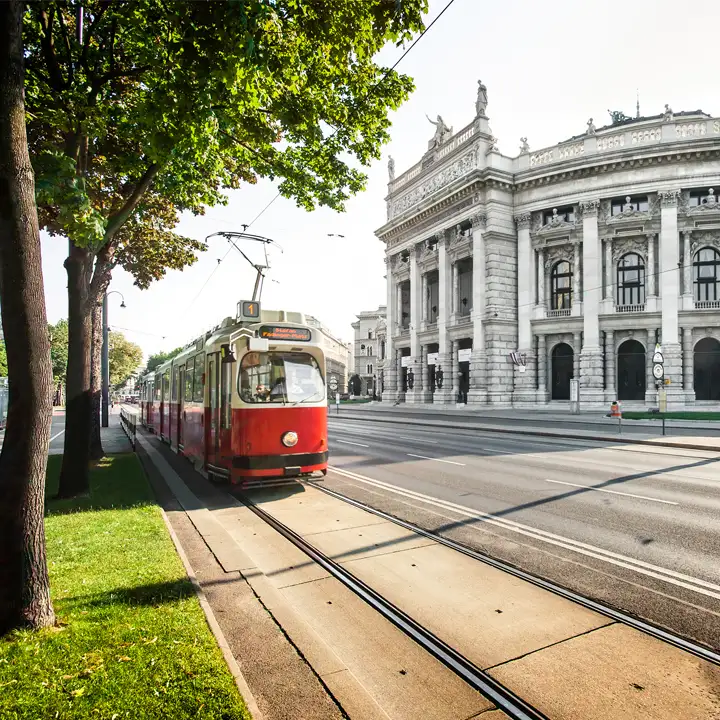
Day 14
Vienna
Day 14
Vienna



Morning/Mid-Day
Ring Street
The Ringstrasse, or the Ring Street, surrounds Vienna's old town where the city walls once stood until the 19th century. The Austro-Hungarian Empire was at the height of its prosperity at the time the walls were torn down, and so it lined the wide Ringstrasse with monumental buildings such as the neo-Gothic town hall and neo-Classical parliament buildling. A fun experience is to take a tram ride around the entire length of the Ringstrasse, soaking in the full richness of the spectacle.
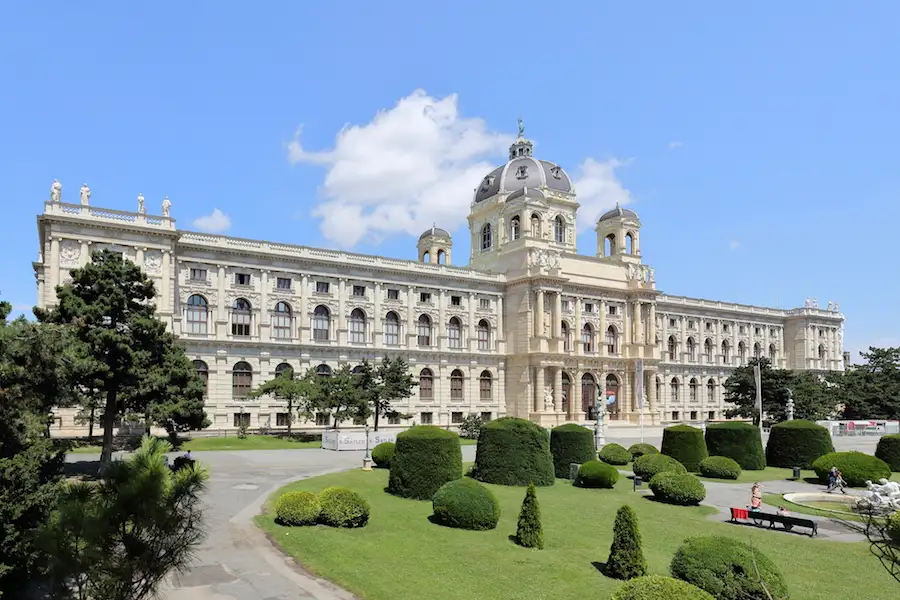
Natural History Museum
Explore one of the world's most important natural history collections.
Show More
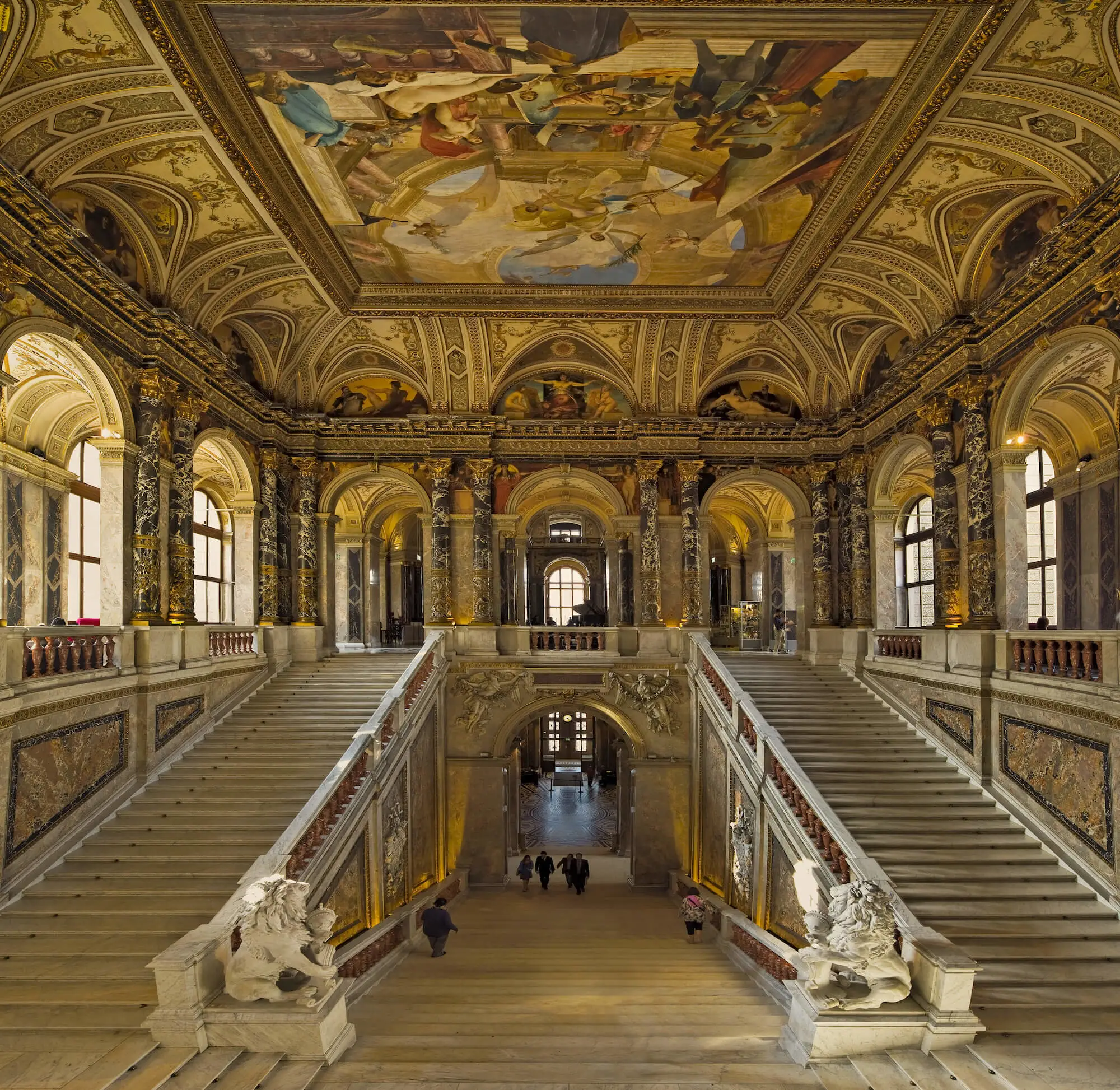
Kunsthistorisches Museum
Find artistic bliss in this lavish 19th-century museum housing art collections & antiquities.
Show More

Rathaus (City Hall)
Get in touch with the local vibe at the Rathausplatz, a huge square in front of the Vienna City Hall.
Show More

Natural History Museum
Explore one of the world's most important natural history collections.
Show More

Kunsthistorisches Museum
Find artistic bliss in this lavish 19th-century museum housing art collections & antiquities.
Show More

Rathaus (City Hall)
Get in touch with the local vibe at the Rathausplatz, a huge square in front of the Vienna City Hall.
Show More

Natural History Museum
Explore one of the world's most important natural history collections.
Show More
prev
next

Day 14
Vienna


Natural History Museum
 Highlight of Ring Street
Highlight of Ring StreetExplore one of the world's most important natural history collections.
The museum is a treasure trove of anthropological and archeological exhibits, including dinosaurs and other extinct animals, precious gems, and more. It also holds the famous pre-historic finds from the Austrian village of Hallstatt, where an ancient salt mine was located.

Kunsthistorisches Museum
 Highlight of Ring Street
Highlight of Ring StreetFind artistic bliss in this lavish 19th-century museum housing art collections & antiquities.
The Kunsthistorisches Museum, or Art History Museum, is one of the world's most important collections of art. It houses many masterpieces as well as ancient and classical art antiquities. Its amazing interior is worth seeing just on its own merits, and includes an incredible mural painted by Gustav Klimt.
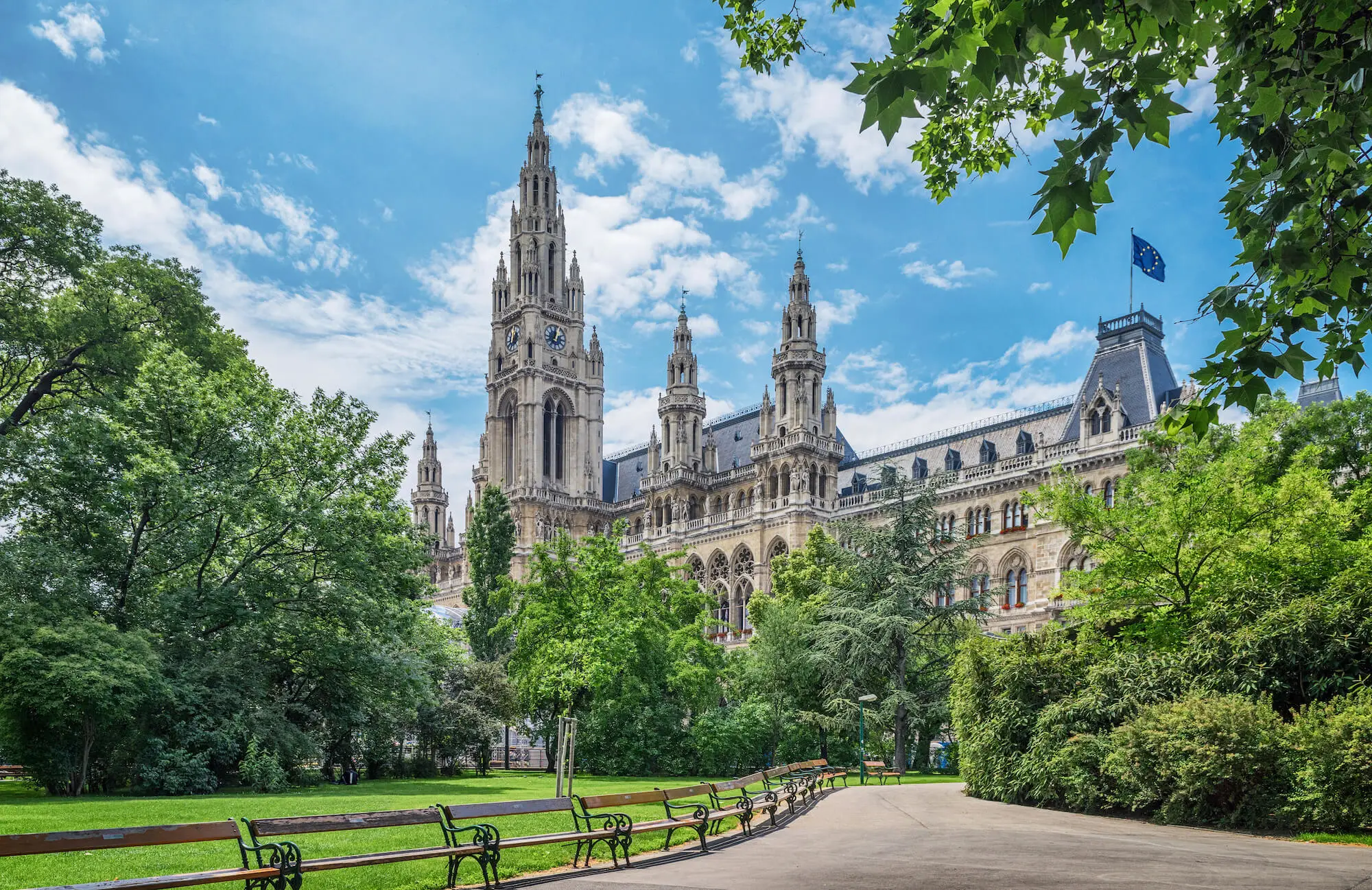
Rathaus (City Hall)
 Highlight of Ring Street
Highlight of Ring StreetGet in touch with the local vibe at the Rathausplatz, a huge square in front of the Vienna City Hall.
The 19th-century city hall was built in a fanciful neo-Gothic style with 30 million bricks. It is an important center for social life in the city, hosting balls, concerts, and other events. The square in front of the hall is home to activities all year long, including markets, food fairs, exhibitions, and the city's biggest Christmas Market.

Natural History Museum
 Highlight of Ring Street
Highlight of Ring StreetExplore one of the world's most important natural history collections.
The museum is a treasure trove of anthropological and archeological exhibits, including dinosaurs and other extinct animals, precious gems, and more. It also holds the famous pre-historic finds from the Austrian village of Hallstatt, where an ancient salt mine was located.

Kunsthistorisches Museum
 Highlight of Ring Street
Highlight of Ring StreetFind artistic bliss in this lavish 19th-century museum housing art collections & antiquities.
The Kunsthistorisches Museum, or Art History Museum, is one of the world's most important collections of art. It houses many masterpieces as well as ancient and classical art antiquities. Its amazing interior is worth seeing just on its own merits, and includes an incredible mural painted by Gustav Klimt.

Rathaus (City Hall)
 Highlight of Ring Street
Highlight of Ring StreetGet in touch with the local vibe at the Rathausplatz, a huge square in front of the Vienna City Hall.
The 19th-century city hall was built in a fanciful neo-Gothic style with 30 million bricks. It is an important center for social life in the city, hosting balls, concerts, and other events. The square in front of the hall is home to activities all year long, including markets, food fairs, exhibitions, and the city's biggest Christmas Market.

Natural History Museum
 Highlight of Ring Street
Highlight of Ring StreetExplore one of the world's most important natural history collections.
The museum is a treasure trove of anthropological and archeological exhibits, including dinosaurs and other extinct animals, precious gems, and more. It also holds the famous pre-historic finds from the Austrian village of Hallstatt, where an ancient salt mine was located.
prev
next


Day 15
Depart Vienna
Day 15
Depart Vienna

To Be Determined
Taxi Transfer to Vienna Airport
Vienna taxis are generally reliable and honest, so taking a taxi is cheaper than a pre-arranged transfer. Your hotel will be happy to arrange a pick up for you. If you are picked up three hours prior to departure, you should have plenty of time to catch your flight. If you are leaving during rush hour, you may want to budget an extra fifteen minutes or so.

Day 15
Depart Vienna


What's Included In Timeless Central Europe Trip

Pre-Paid Tours and Activities:
- Highlights of Berlin Guided Walking Tour
- Guided Walking Tour of Old Town
- Prague Castle & Royal Route Guided Walk
- Guided Walk in Český Krumlov
- Guided Excursion to the Abbey of the Golden Crown (Zláta Koruna)
- Guided Walk through Vienna's Inner City
- City Card for Berlin, including discounts to many popular attractions

Pre-Paid Transportation:
- 2nd Class Train Tickets from Berlin Hbf to Dresden Hbf
- 2nd Class Train Tickets from Dresden Hbf to Praha hl.n.
- Bus Tickets from Prague to Český Krumlov
- Shuttle Service from Cesky Krumlov to Vienna
- Public Transport Tickets for Berlin and Vienna
- Private Transfer from the Dresden Hauptbanhof
- Dresden Rail Dropoff
- Private Transfer to the Bus Station in Prague

Accommodation:
- 3 nights at a hotel of your choice in Berlin
- 2 nights at a hotel of your choice in Dresden
- 4 nights at a hotel of your choice in Prague
- 2 nights at a hotel of your choice in Cesky Krumlov
- 3 nights at a hotel of your choice in Vienna

Go Real Travel Mobile App:
- Itinerary Plan & Reservations Info
- Points of Interest
- Detailed Travel Information
- Maps & Directions
Other Trips You May Like

14 Days
From$2875USD
2-Week Journey Through Central & Eastern Europe: History

Germany, Czech Republic, Austria, Hungary, Poland
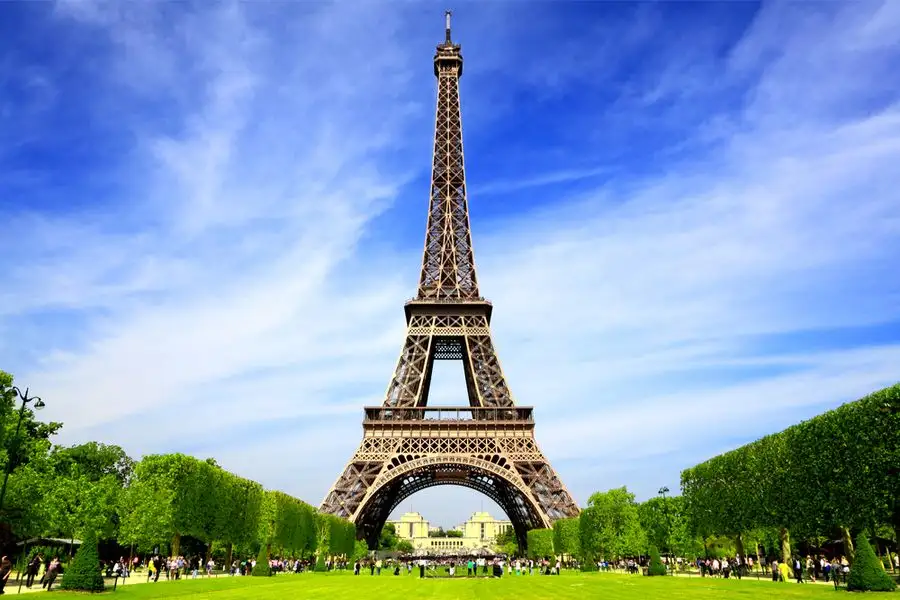
21 Days
From$5789USD
Jewels of Europe: Art, History and Waterways in Paris, Amsterdam, Berlin, Prague, Vienna & Budapest

France, Netherlands, Germany, Czech Republic, Austria, Hungary

21 Days
From$5199USD
Central European Journey through Switzerland, Germany, Austria and the Czech Republic

Switzerland, Germany, Austria, Czech Republic

7 Days
From$1495USD
One Week in Berlin & Prague: See the Highlights and Experience the Local Scene

Germany, Czech Republic

11 Days
From$2045USD
11 Day Itinerary in Berlin, Prague & Vienna: Castles, Palaces, and Much More

Germany, Czech Republic, Austria

10 Days
From$1995USD
An Active Adventure to Berlin, Dresden, Prague, and the Saxon Switzerland

Germany, Czech Republic

12 Days
From$2449USD
12 Days in the Heart of Central Europe: Berlin, Prague, Vienna, and Munich

Germany, Czech Republic, Austria
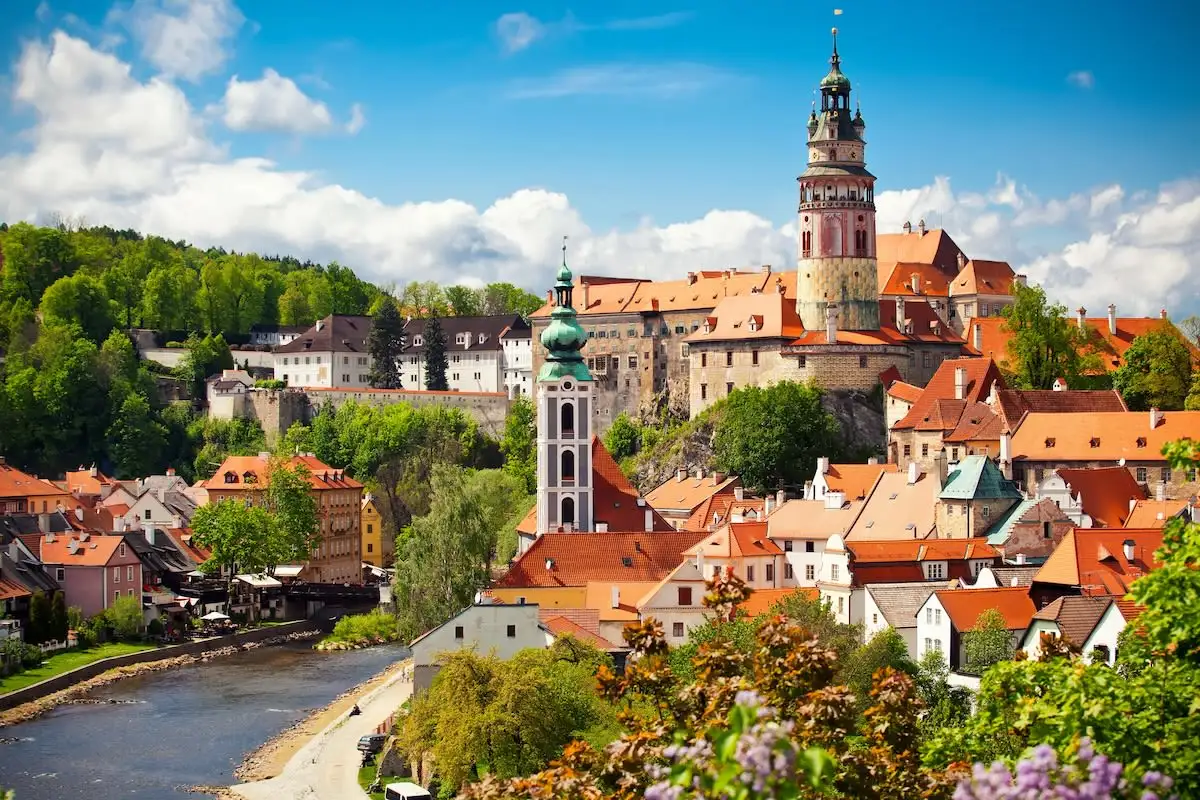
10 Days
From$1799USD
Central European Rhapsody: A Cultural and Historical Odyssey

Czech Republic, Austria, Hungary

14 Days
From$2645USD
Central European Treasures of the Czech Republic, Austria, and Hungary

Czech Republic, Austria, Hungary

14 Days
From$2875USD
2-Week Journey Through Central & Eastern Europe: History

Germany, Czech Republic, Austria, Hungary, Poland

21 Days
From$5789USD
Jewels of Europe: Art, History and Waterways in Paris, Amsterdam, Berlin, Prague, Vienna & Budapest

France, Netherlands, Germany, Czech Republic, Austria, Hungary

21 Days
From$5199USD
Central European Journey through Switzerland, Germany, Austria and the Czech Republic

Switzerland, Germany, Austria, Czech Republic

7 Days
From$1495USD
One Week in Berlin & Prague: See the Highlights and Experience the Local Scene

Germany, Czech Republic

11 Days
From$2045USD
11 Day Itinerary in Berlin, Prague & Vienna: Castles, Palaces, and Much More

Germany, Czech Republic, Austria

10 Days
From$1995USD
An Active Adventure to Berlin, Dresden, Prague, and the Saxon Switzerland

Germany, Czech Republic

12 Days
From$2449USD
12 Days in the Heart of Central Europe: Berlin, Prague, Vienna, and Munich

Germany, Czech Republic, Austria

10 Days
From$1799USD
Central European Rhapsody: A Cultural and Historical Odyssey

Czech Republic, Austria, Hungary

14 Days
From$2645USD
Central European Treasures of the Czech Republic, Austria, and Hungary

Czech Republic, Austria, Hungary
prev
next
Featured Blogs
prev
next
Our Customers Say It Best
Marianne Strydom, Paarl, South Africa
I just wanted to thank you for organizing an amazing trip for me – I packed in so much in such a short period of time and everything was just perfect. The way you do things makes it possible to really get to know the destination, which for me as a travel agent could not have been better. 

Otto Chuy, Los Angeles, California
I am still surprised how everything worked as planned, without a hitch. All instructions in your itinerary were precise and correct. Your suggestions and comments in each of the locations we went to were very helpful. All your guides, without exception, were wonderful and exactly on time. 

Malini Dutta, Boston, Massachusetts
We can't thank you enough for the detailed plans, maps, and suggestions. It really felt that someone was holding our hands and showing us around. We had all the excitement of discovering foreign lands, with none of the problems that can happen while negotiating unfamiliar places. In fact, all the cities felt like home within a few hours of arriving and exploring. 

Bev and Mark Frankel, Williamsburg, Virginia
We could not be more pleased with Go Real Travel! You took the guess work out of things like public transport but still managed to allow us the freedom to tour as we wanted. Our guides were exceptional and every time I saw a Viking Cruise tour of 25 people, I realized the quality experience we were getting with Go Real. 

Marianne Strydom, Paarl, South Africa
I just wanted to thank you for organizing an amazing trip for me – I packed in so much in such a short period of time and everything was just perfect. The way you do things makes it possible to really get to know the destination, which for me as a travel agent could not have been better. 

Otto Chuy, Los Angeles, California
I am still surprised how everything worked as planned, without a hitch. All instructions in your itinerary were precise and correct. Your suggestions and comments in each of the locations we went to were very helpful. All your guides, without exception, were wonderful and exactly on time. 

Malini Dutta, Boston, Massachusetts
We can't thank you enough for the detailed plans, maps, and suggestions. It really felt that someone was holding our hands and showing us around. We had all the excitement of discovering foreign lands, with none of the problems that can happen while negotiating unfamiliar places. In fact, all the cities felt like home within a few hours of arriving and exploring. 

Bev and Mark Frankel, Williamsburg, Virginia
We could not be more pleased with Go Real Travel! You took the guess work out of things like public transport but still managed to allow us the freedom to tour as we wanted. Our guides were exceptional and every time I saw a Viking Cruise tour of 25 people, I realized the quality experience we were getting with Go Real. 



Explore cities in more detail
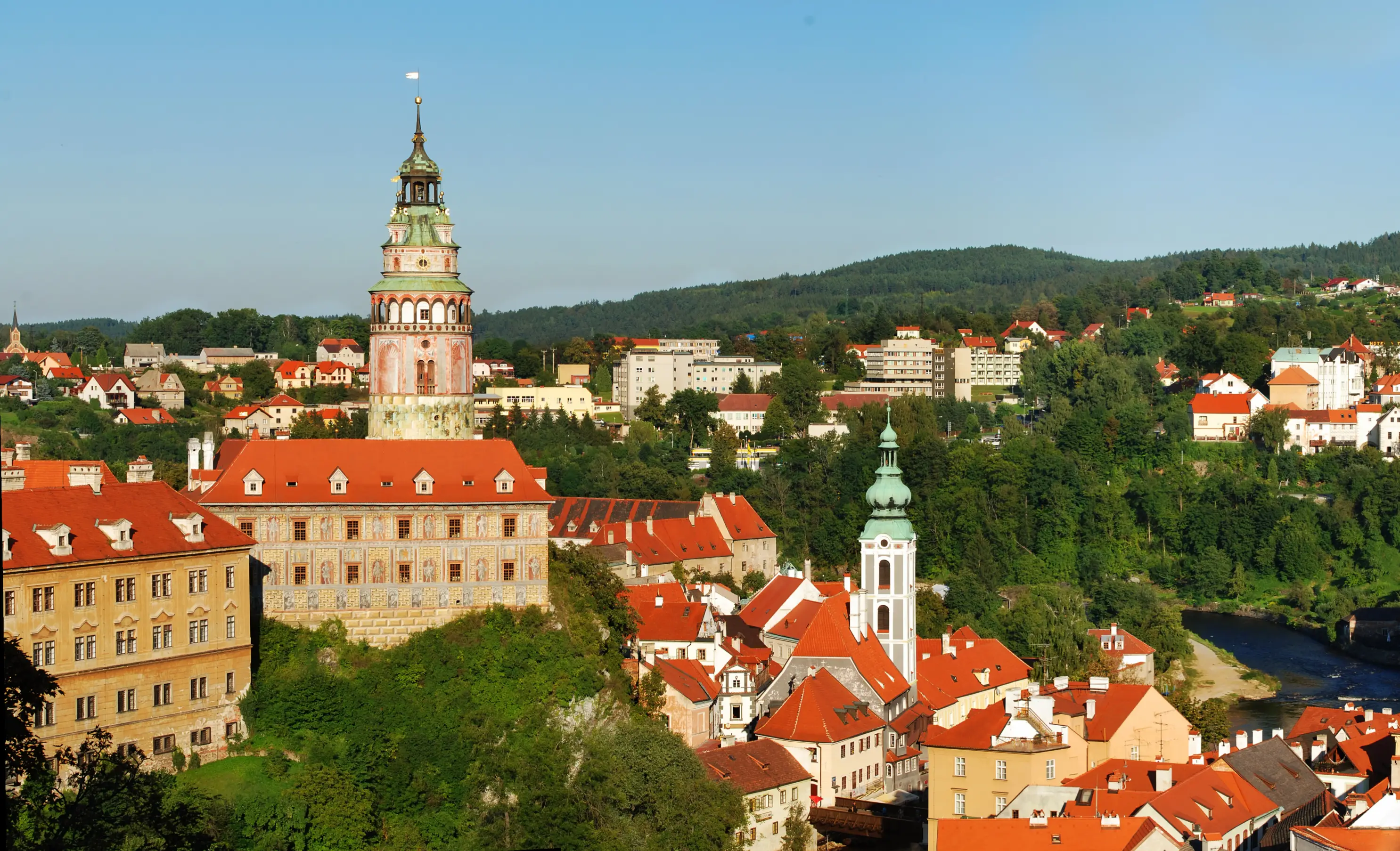
Cesky Krumlov
Cesky Krumlov is a charming little town in South Bohemia. It might be small, but it’s full of whimsical character and mystery. Walking through the narrow streets and across the bridge, the views of the medieval Cesky Krumlov Castle will take your breath away. At night, street musicians serenade visitors on the bridge where you can dance beneath the stars and the watchful eye of the magnificent tower. Dozens of unique local artisan shops, cafes, and restaurants are woven among the winding streets. In the summer, the city is lush with life and greenery. Rafters race down the river, stopping in the center along the way to enjoy a hearty meal before continuing their journey. In the winter, the main square transforms into a magnificent Christmas market and light blankets of snow cover the rooftops. This quaint little town will exceed your expectations and you may never want to leave.

Learn About Cesky Krumlov
Build Cesky Krumlov Trip
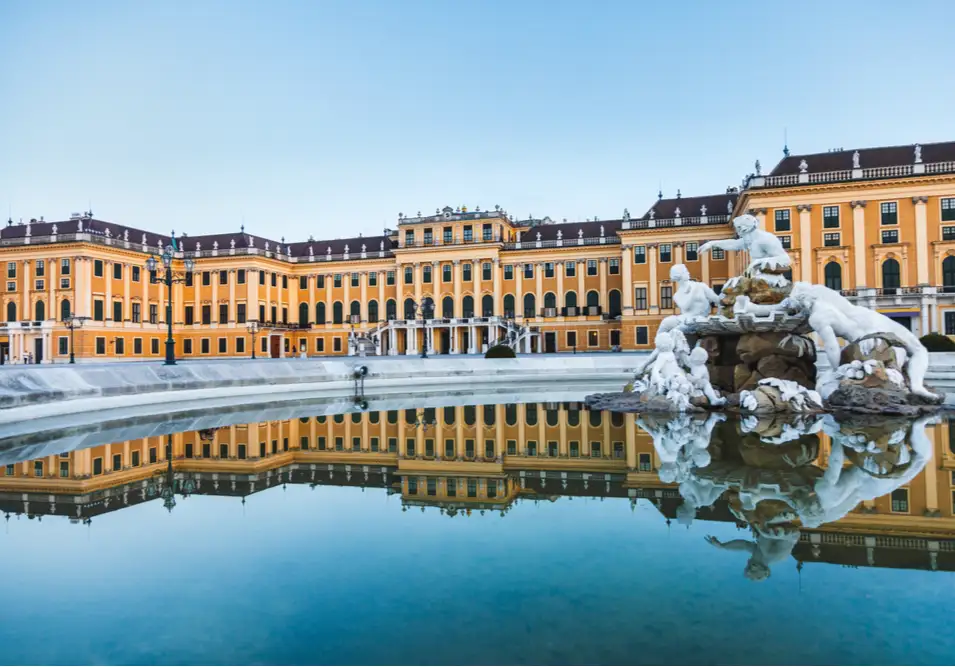
Vienna
Artistic and musical, historical and elegant, Vienna is the definition of class. The seat of the Habsburg monarchy for over six centuries, it's no wonder this city is still fit for royalty. Baroque buildings and imperial palaces dominate the cityscape, while locals stride gracefully through the streets, likely on their way to a classical music concert or art exhibition. Visitors from all over the world flock to Schonbrunn Palace, historical museums, and local eateries for authentic Viennese schnitzel. Vienna is also home to world-class wining and dining. Famous dishes include Wiener schnitzel, Tafelspitz (prime boiled beef), and apfelstrudel (apple strudel), all of which pair well with a glass of fine Austrian wine. No matter how long you spend in Vienna, you'll leave with a new appreciation for the finer things in life.

Learn About Vienna
Build Vienna Trip
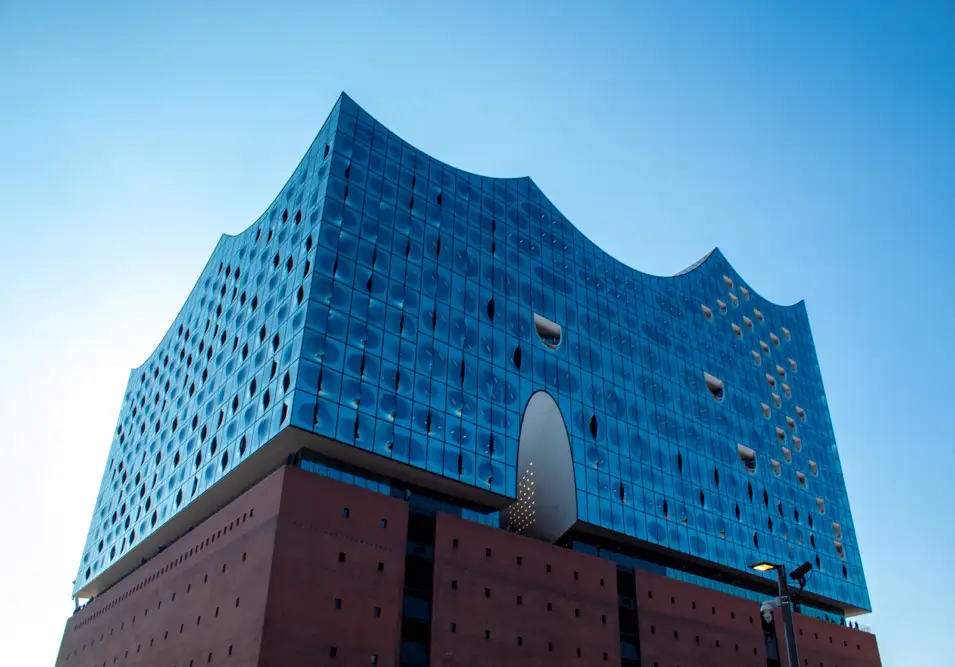
Hamburg
Compared to other German cities, Hamburg has a moody, nautical charisma all of its own. Despite being battered throughout history by floods, fires, and bombs, Hamburg has always held its head up high. Resilience is in the air in Hamburg, along with the briny smell of the North Sea. In recent years Hamburg has garnered a reputation for commerce and nightlife. Frequent travelers whisper that Hamburg is Germany’s ‘undiscovered’ city, the place to go for a little business and a lot of fun. Known as Germany’s ‘gateway to the world’, ships dock in Hamburg as they haul cargo up and down the Elbe River. The city thrives as Germany’s primary seaport and has been a center of trade since the middle ages. Its affluence shows in the 19th-century brick warehouses, flourishing restaurant scene, and recently constructed Elbphilharmonie concert hall, which floats majestically in the harbor, part ship and part island. Hamburg is a city for those who like to live large - in a cultured, German kind of way. Attend a performance at the orchestra, cruise on a boat around the Außenalster Lake, or have a night on the Reeperbahn, the Vegas-like strip where the Beatles once performed. Whatever you do in the city, Hamburg will make you look twice and see Germany from a totally different point of view.

Learn About Hamburg
Build Hamburg Trip
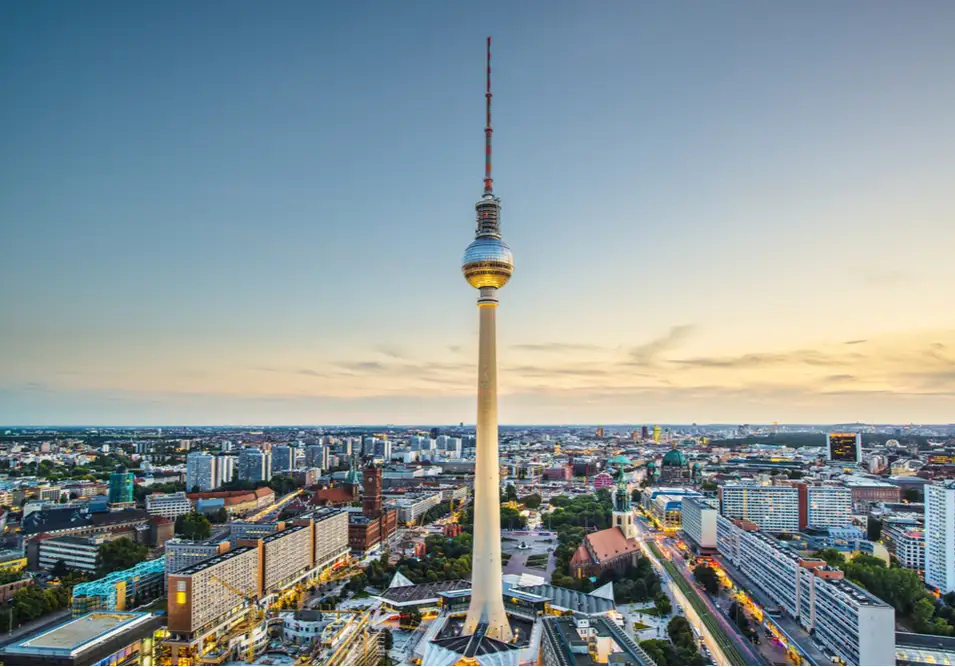
Berlin
Since the fall of its notorious wall, Berlin’s unification has seen it go from strength to strength. No wonder the city feels like it hasn’t stopped partying since the 1990s. There is so much to celebrate here. Fueled by the robust economy, a thriving tech scene, and straight-up German bonhomie, when you step into Berlin you’ll soon be caught up in its spirit. For all this gusto, Berlin hasn’t forgotten its troubled past. A visit to Berlin is to bear witness to history. Portions of the wall remain intact, and the city’s Jewish Museum offers a detailed, emotional examination of the Holocaust. Inside the reconstructed Reichstag, every attempt has been made to preserve the parliament’s beleaguered history. The buildings' glass dome addition feels less like a triumphal crown and more like a freshly healed battle scar. Days in Berlin are easily spent wandering from a cafe to the cultural institutions on Museum Island, or over to the Charlottenburg Palace. By night, crowds wander through the booming bars and nightclubs or gaze upon the floodlit Brandenburg Gate and Victory Column monuments. An international city that can offer something to everyone, Berlin is an unmissable stop on your German journey.

Learn About Berlin
Build Berlin Trip
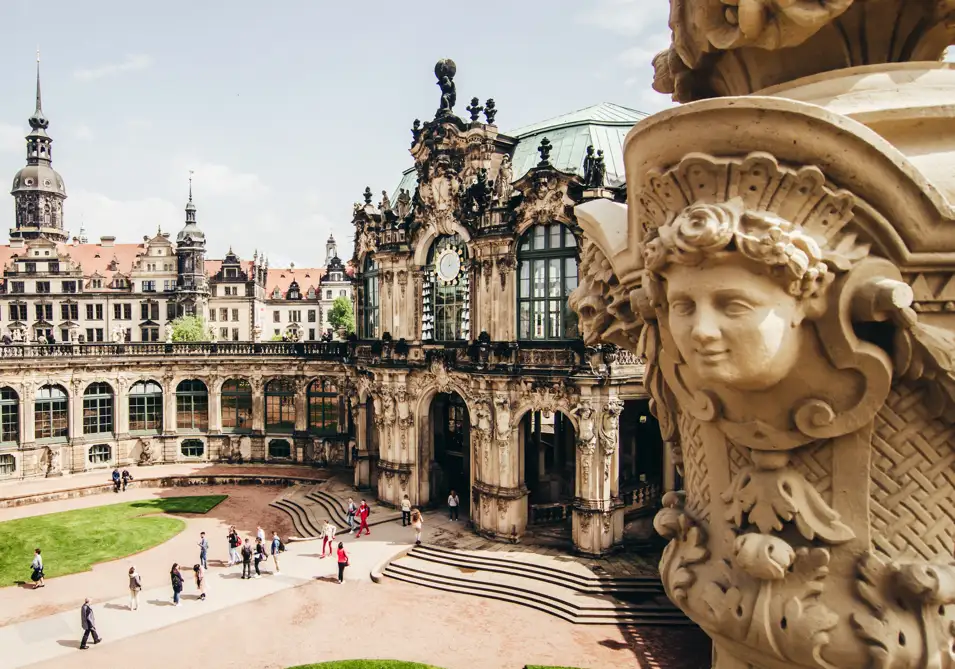
Dresden
Nearly every wall and rooftop in Dresden seems to be finished with a flourish. Defined by its ornamental baroque architecture, a power statement of Saxon royalty, Dresden is made all the more miraculous considering the city was leveled by firebombing in WWII. After the war, the city was reconstructed, brick by painstaking brick. Even under East German-Soviet rule, which usually eschewed frivolous design, buildings like the Semper Opera House were pieced back to their former glory. Restoration of the majestic Zwinger Palace and bell domed Church of Our Lady slowly followed, with the Frauenkirche only fully repaired in 2005. Arguably there is no other city in Europe that cherishes its hard-won architecture as much as Dresden. Although it is a compact city, so many of its buildings will stop you in your tracks that architecture fans will easily lose a whole day in the Old Town area. Especially during the winter months, Dresden sparkles with a joyous, uplifting ambiance. The city is recognized as having the best-ever Christmas market in all of Europe. Between the twinkling lights, the scent of hot wine and gingerbread, and the towering Christmas tree, it’s worth going out of your way to see Dresden at this time of year.

Learn About Dresden
Build Dresden Trip
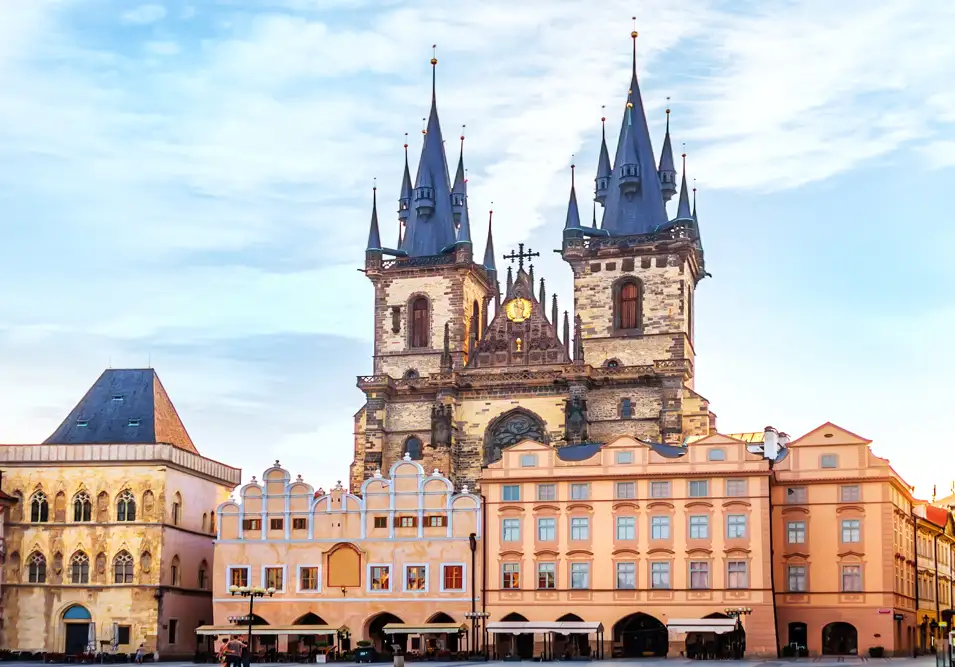
Prague
The city of Prague is indisputably the gem of Central Europe. Full of history, culture, and classic Czech pubs around every corner, Prague is teeming with nooks and crannies just waiting to be discovered. The narrow cobblestone streets and warm red rooftops give the city a homey feel, while the well-preserved medieval architecture transports you back in time. Walking across the Charles Bridge with the view of the Prague Castle will make you feel like you’re living in a fairytale, and you might as well be. As an up-and-coming destination, Prague is a perfect mix of classic and modern. New trendy cafes and bistros are always popping up, and you can always find a group of lively locals chowing down on goulash and quaffing pivo (the best beer in Europe!) at traditional Czech restaurants across the city. The clash of modernity and tradition, preservation and innovation, gives this city a mysterious air that you won’t soon forget.

Learn About Prague
Build Prague Trip

Cesky Krumlov
Cesky Krumlov is a charming little town in South Bohemia. It might be small, but it’s full of whimsical character and mystery. Walking through the narrow streets and across the bridge, the views of the medieval Cesky Krumlov Castle will take your breath away. At night, street musicians serenade visitors on the bridge where you can dance beneath the stars and the watchful eye of the magnificent tower. Dozens of unique local artisan shops, cafes, and restaurants are woven among the winding streets. In the summer, the city is lush with life and greenery. Rafters race down the river, stopping in the center along the way to enjoy a hearty meal before continuing their journey. In the winter, the main square transforms into a magnificent Christmas market and light blankets of snow cover the rooftops. This quaint little town will exceed your expectations and you may never want to leave.

Learn About Cesky Krumlov
Build Cesky Krumlov Trip

Vienna
Artistic and musical, historical and elegant, Vienna is the definition of class. The seat of the Habsburg monarchy for over six centuries, it's no wonder this city is still fit for royalty. Baroque buildings and imperial palaces dominate the cityscape, while locals stride gracefully through the streets, likely on their way to a classical music concert or art exhibition. Visitors from all over the world flock to Schonbrunn Palace, historical museums, and local eateries for authentic Viennese schnitzel. Vienna is also home to world-class wining and dining. Famous dishes include Wiener schnitzel, Tafelspitz (prime boiled beef), and apfelstrudel (apple strudel), all of which pair well with a glass of fine Austrian wine. No matter how long you spend in Vienna, you'll leave with a new appreciation for the finer things in life.

Learn About Vienna
Build Vienna Trip

Hamburg
Compared to other German cities, Hamburg has a moody, nautical charisma all of its own. Despite being battered throughout history by floods, fires, and bombs, Hamburg has always held its head up high. Resilience is in the air in Hamburg, along with the briny smell of the North Sea. In recent years Hamburg has garnered a reputation for commerce and nightlife. Frequent travelers whisper that Hamburg is Germany’s ‘undiscovered’ city, the place to go for a little business and a lot of fun. Known as Germany’s ‘gateway to the world’, ships dock in Hamburg as they haul cargo up and down the Elbe River. The city thrives as Germany’s primary seaport and has been a center of trade since the middle ages. Its affluence shows in the 19th-century brick warehouses, flourishing restaurant scene, and recently constructed Elbphilharmonie concert hall, which floats majestically in the harbor, part ship and part island. Hamburg is a city for those who like to live large - in a cultured, German kind of way. Attend a performance at the orchestra, cruise on a boat around the Außenalster Lake, or have a night on the Reeperbahn, the Vegas-like strip where the Beatles once performed. Whatever you do in the city, Hamburg will make you look twice and see Germany from a totally different point of view.

Learn About Hamburg
Build Hamburg Trip

Berlin
Since the fall of its notorious wall, Berlin’s unification has seen it go from strength to strength. No wonder the city feels like it hasn’t stopped partying since the 1990s. There is so much to celebrate here. Fueled by the robust economy, a thriving tech scene, and straight-up German bonhomie, when you step into Berlin you’ll soon be caught up in its spirit. For all this gusto, Berlin hasn’t forgotten its troubled past. A visit to Berlin is to bear witness to history. Portions of the wall remain intact, and the city’s Jewish Museum offers a detailed, emotional examination of the Holocaust. Inside the reconstructed Reichstag, every attempt has been made to preserve the parliament’s beleaguered history. The buildings' glass dome addition feels less like a triumphal crown and more like a freshly healed battle scar. Days in Berlin are easily spent wandering from a cafe to the cultural institutions on Museum Island, or over to the Charlottenburg Palace. By night, crowds wander through the booming bars and nightclubs or gaze upon the floodlit Brandenburg Gate and Victory Column monuments. An international city that can offer something to everyone, Berlin is an unmissable stop on your German journey.

Learn About Berlin
Build Berlin Trip

Dresden
Nearly every wall and rooftop in Dresden seems to be finished with a flourish. Defined by its ornamental baroque architecture, a power statement of Saxon royalty, Dresden is made all the more miraculous considering the city was leveled by firebombing in WWII. After the war, the city was reconstructed, brick by painstaking brick. Even under East German-Soviet rule, which usually eschewed frivolous design, buildings like the Semper Opera House were pieced back to their former glory. Restoration of the majestic Zwinger Palace and bell domed Church of Our Lady slowly followed, with the Frauenkirche only fully repaired in 2005. Arguably there is no other city in Europe that cherishes its hard-won architecture as much as Dresden. Although it is a compact city, so many of its buildings will stop you in your tracks that architecture fans will easily lose a whole day in the Old Town area. Especially during the winter months, Dresden sparkles with a joyous, uplifting ambiance. The city is recognized as having the best-ever Christmas market in all of Europe. Between the twinkling lights, the scent of hot wine and gingerbread, and the towering Christmas tree, it’s worth going out of your way to see Dresden at this time of year.

Learn About Dresden
Build Dresden Trip

Prague
The city of Prague is indisputably the gem of Central Europe. Full of history, culture, and classic Czech pubs around every corner, Prague is teeming with nooks and crannies just waiting to be discovered. The narrow cobblestone streets and warm red rooftops give the city a homey feel, while the well-preserved medieval architecture transports you back in time. Walking across the Charles Bridge with the view of the Prague Castle will make you feel like you’re living in a fairytale, and you might as well be. As an up-and-coming destination, Prague is a perfect mix of classic and modern. New trendy cafes and bistros are always popping up, and you can always find a group of lively locals chowing down on goulash and quaffing pivo (the best beer in Europe!) at traditional Czech restaurants across the city. The clash of modernity and tradition, preservation and innovation, gives this city a mysterious air that you won’t soon forget.

Learn About Prague
Build Prague Trip
prev
next


 Map of Your Itinerary Route
Map of Your Itinerary Route
Zoom In to the cities to see your itinerary in more detail


 4.8
4.8 